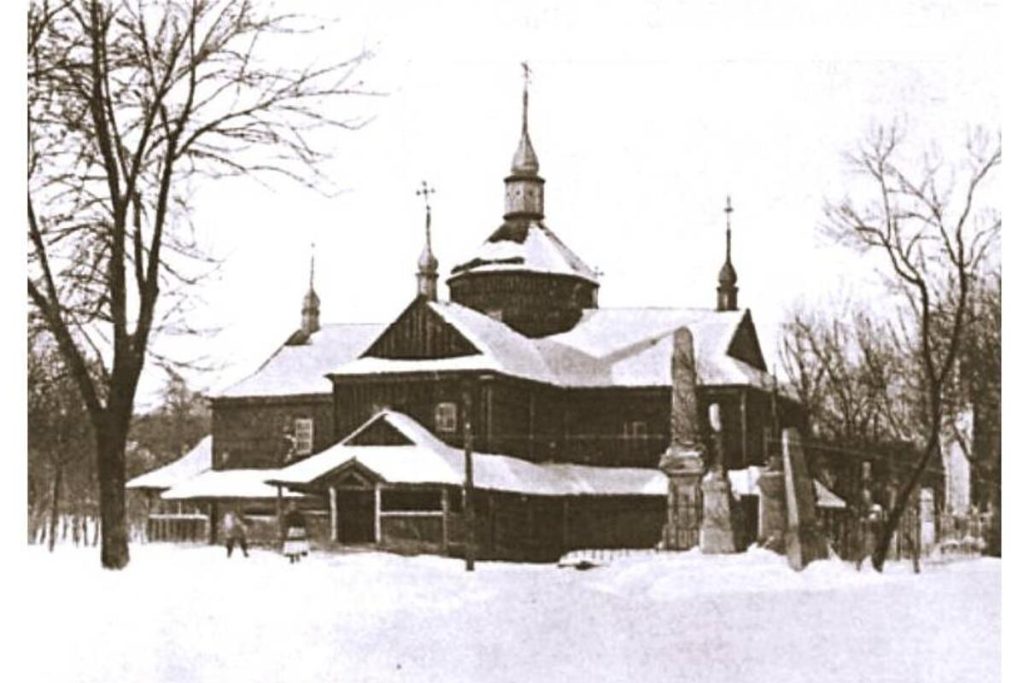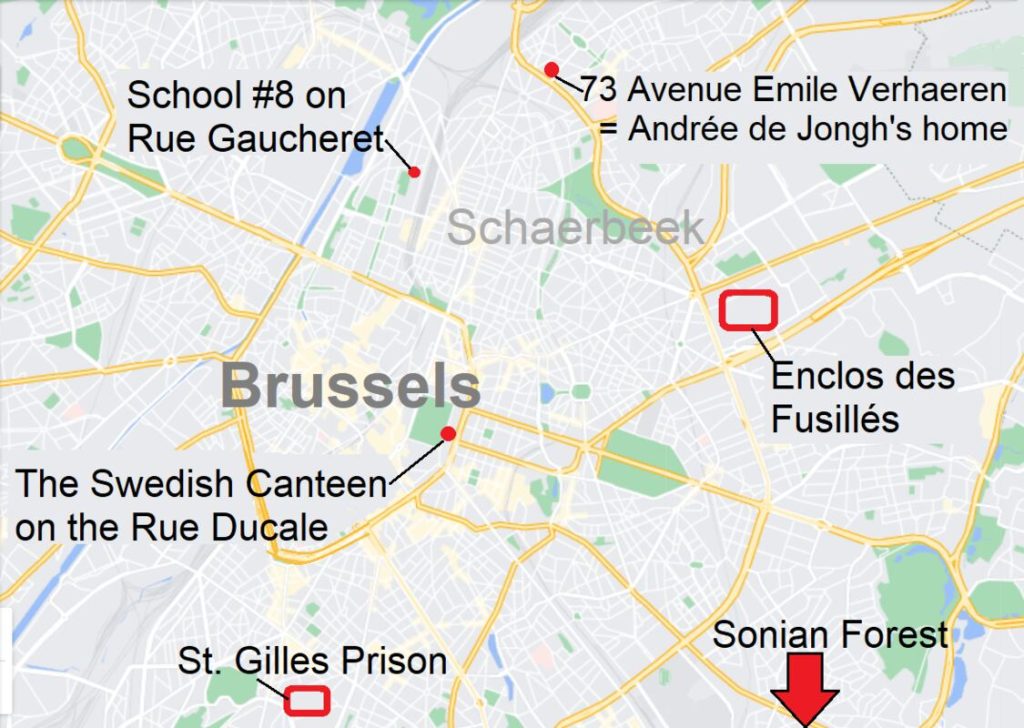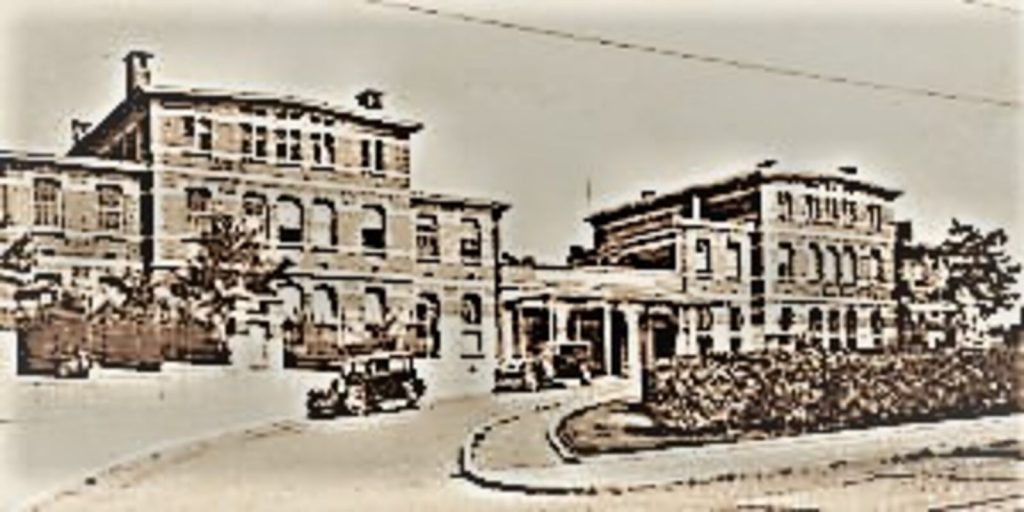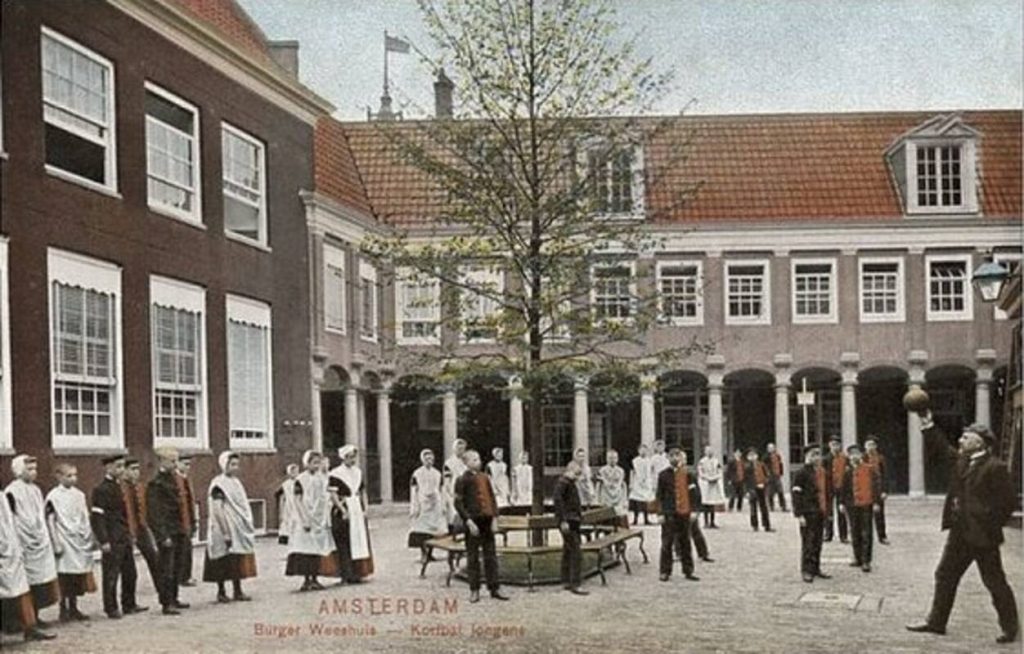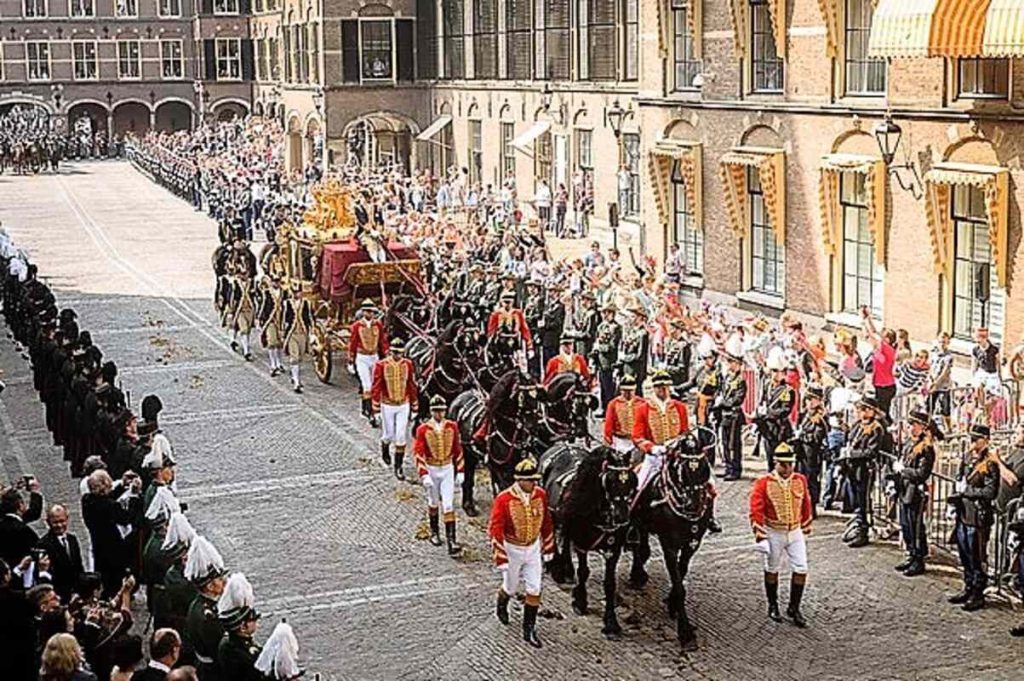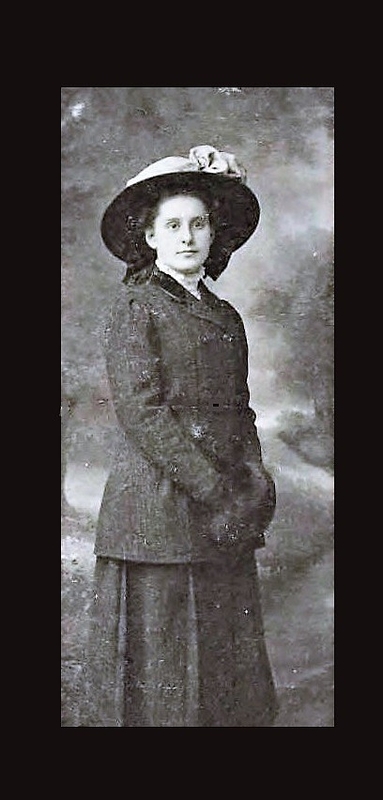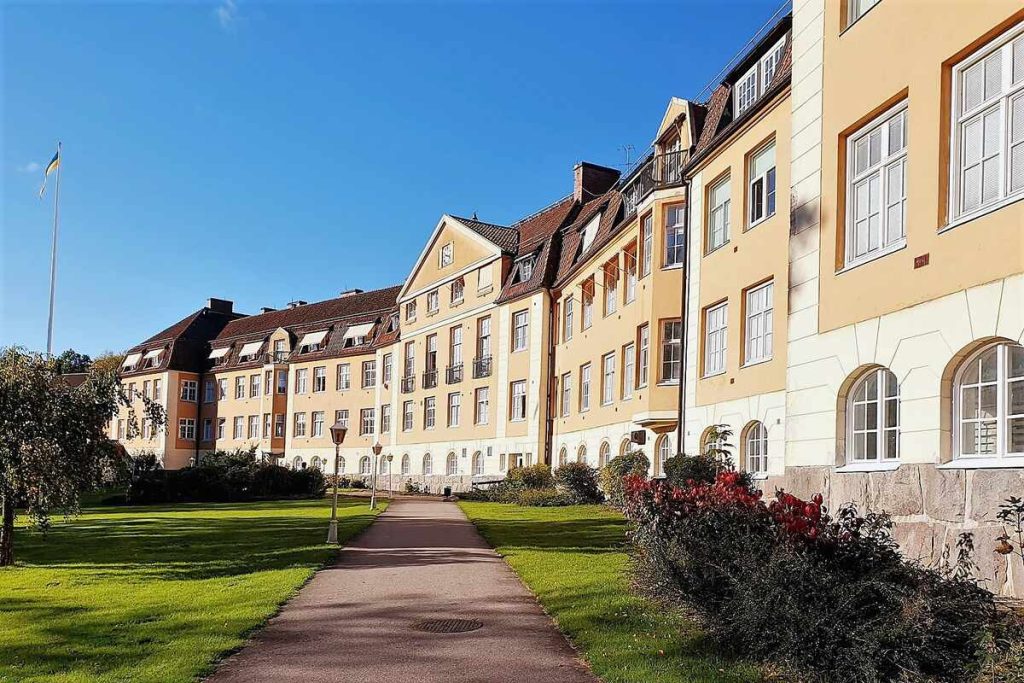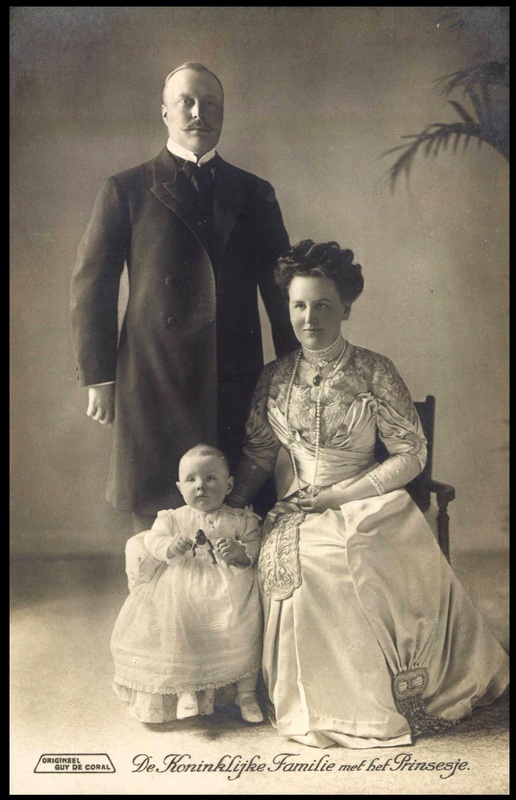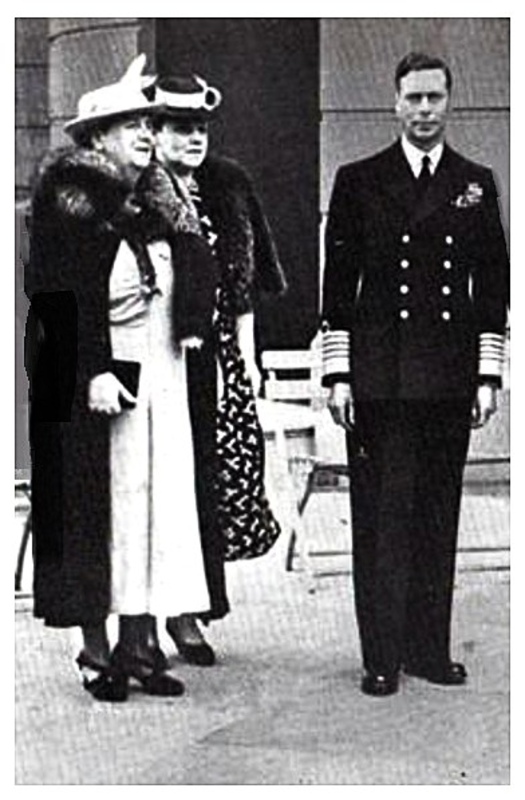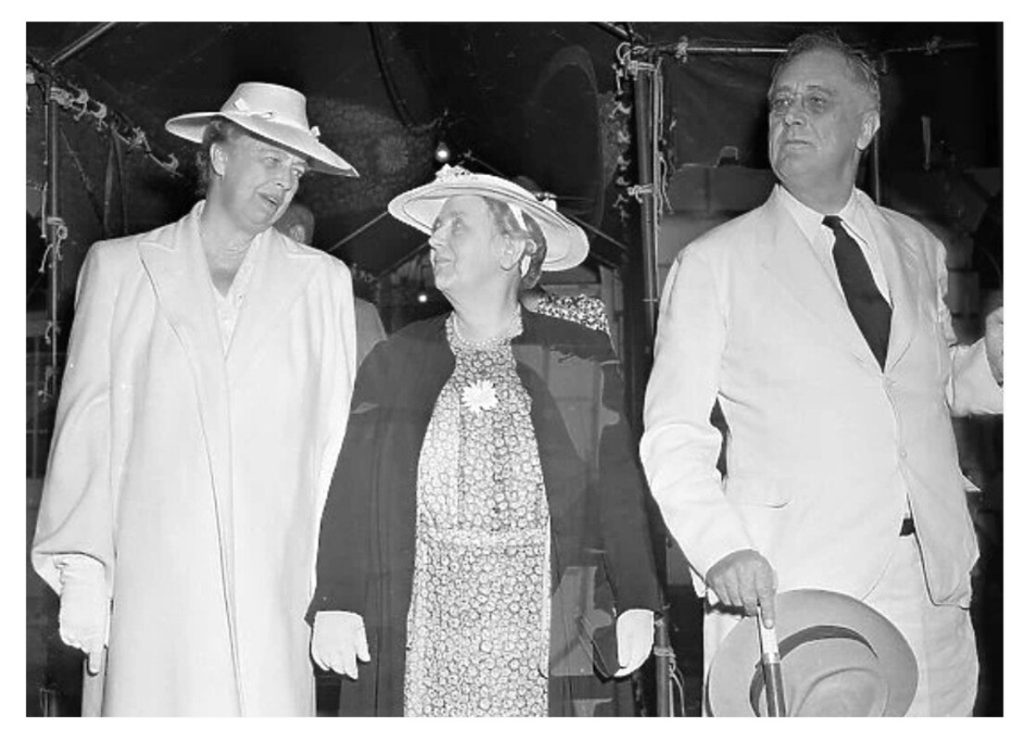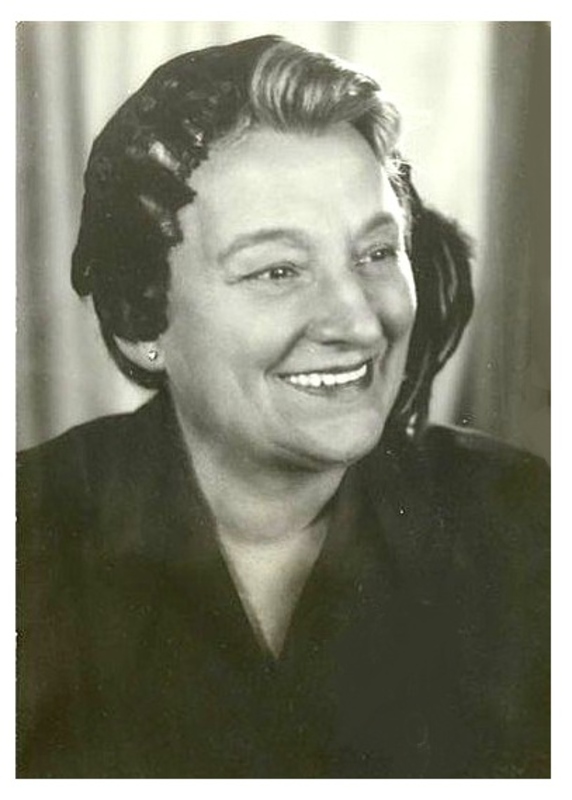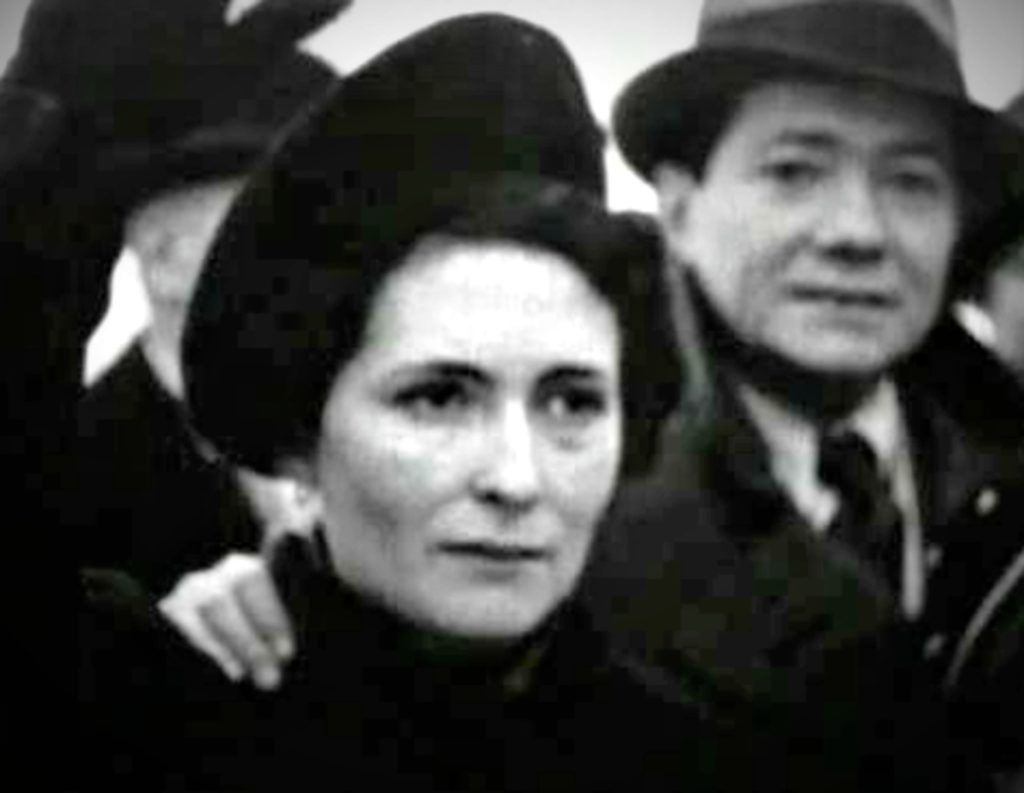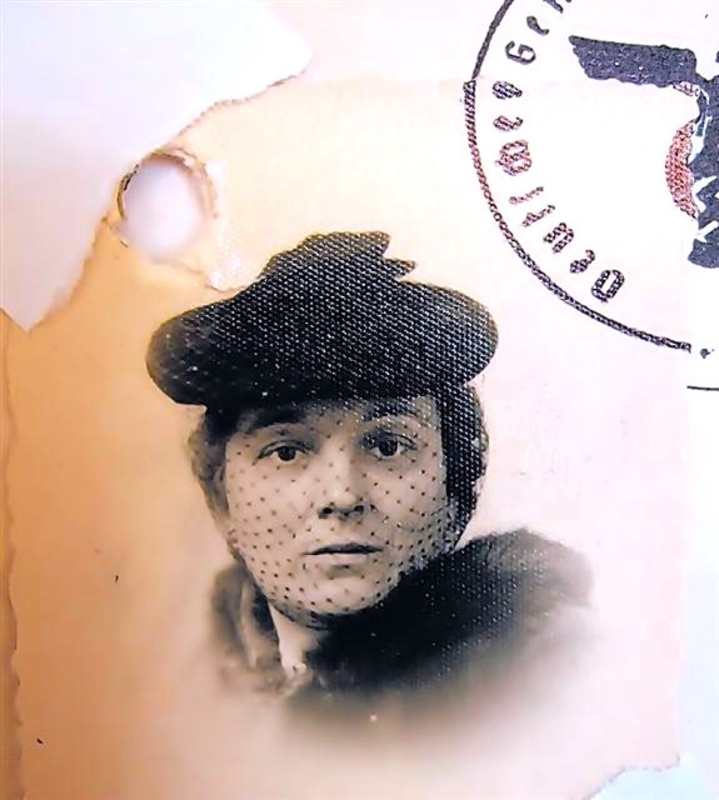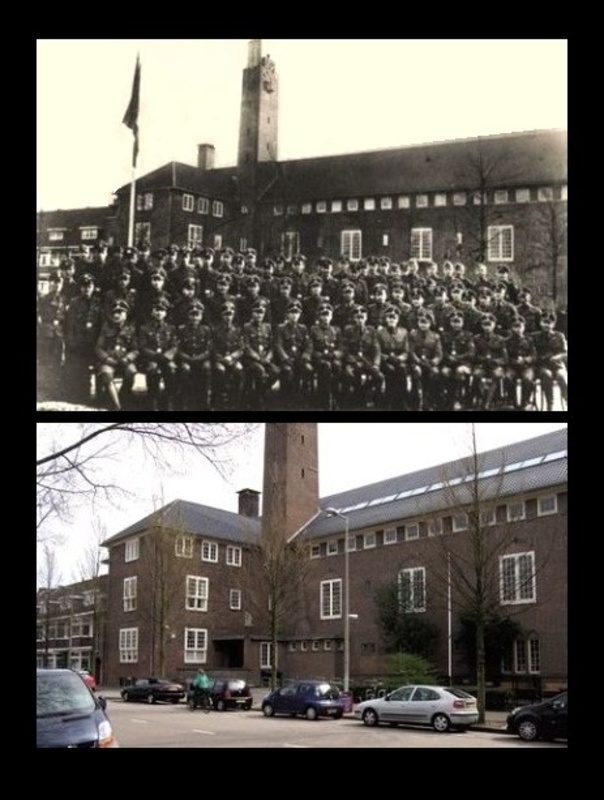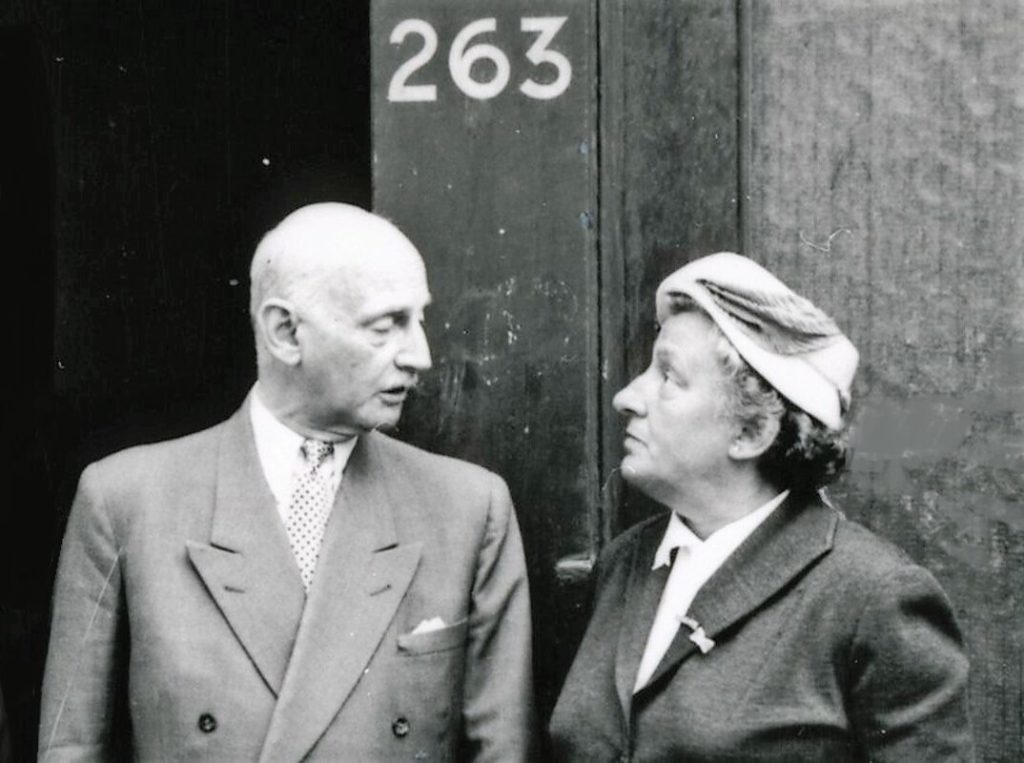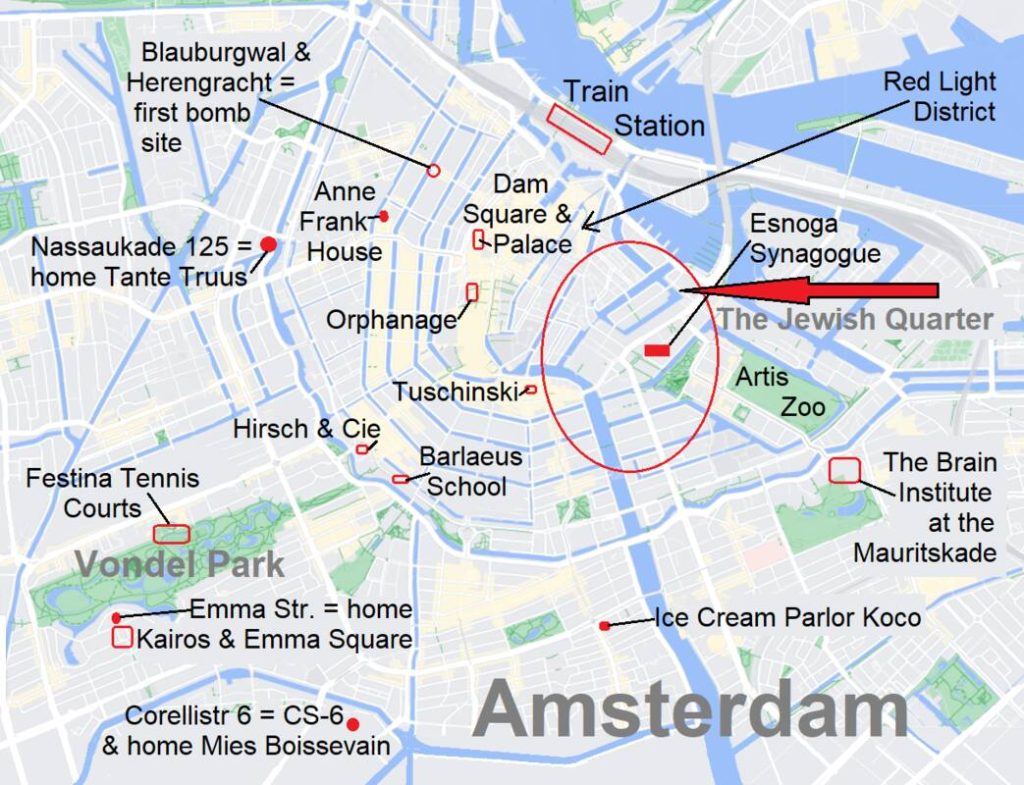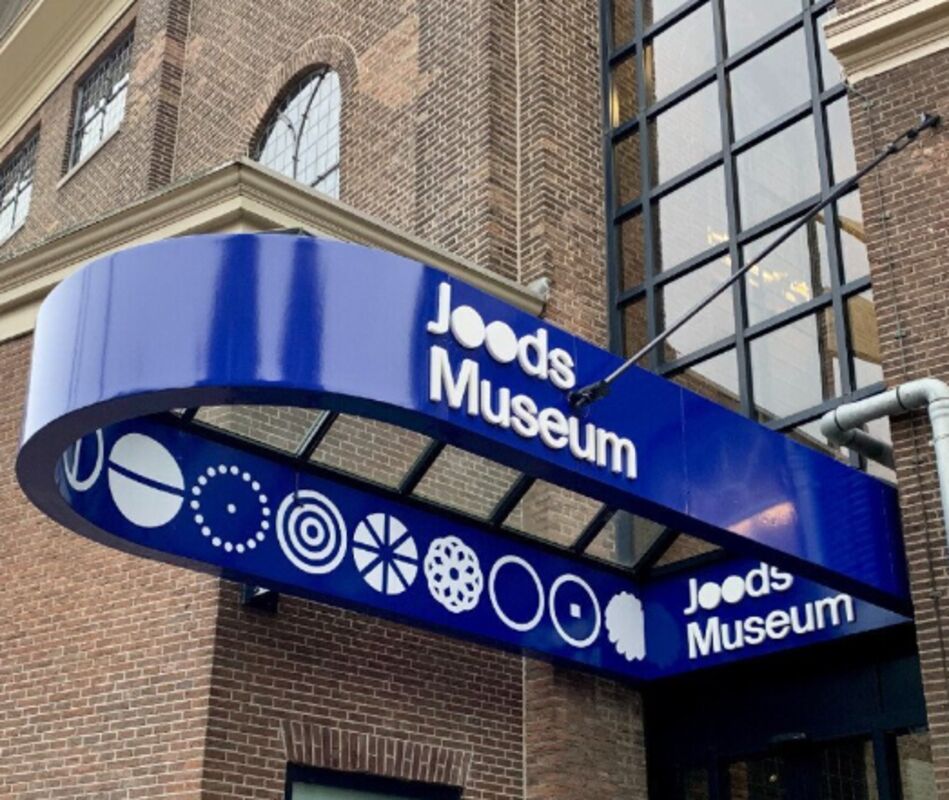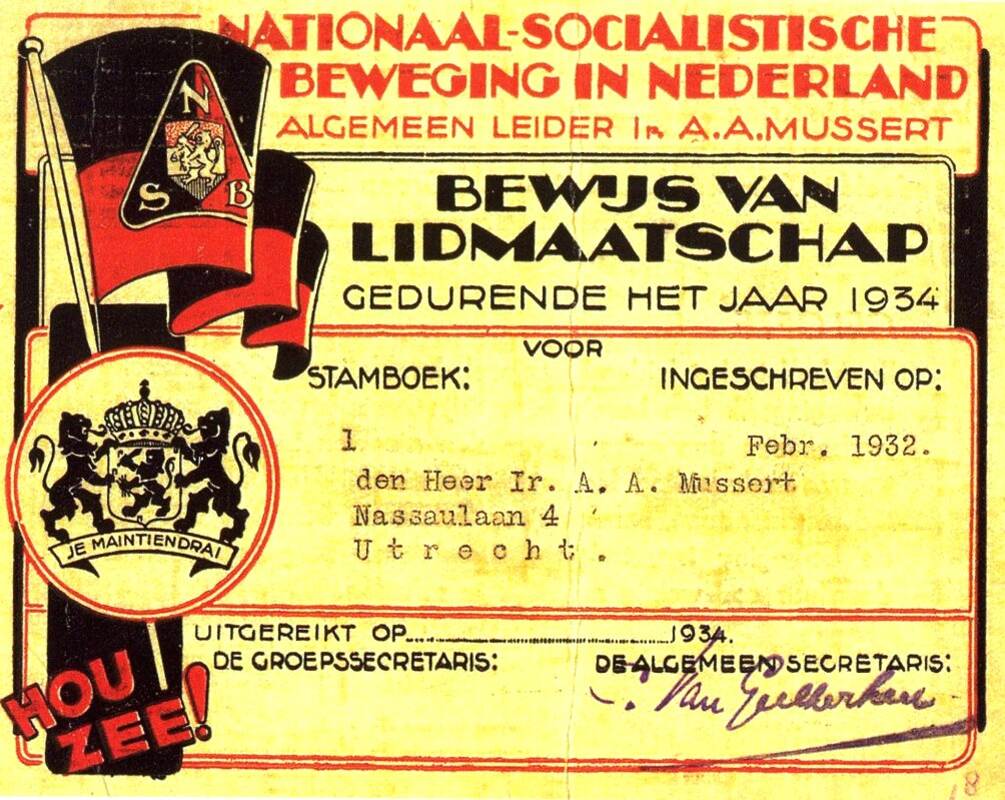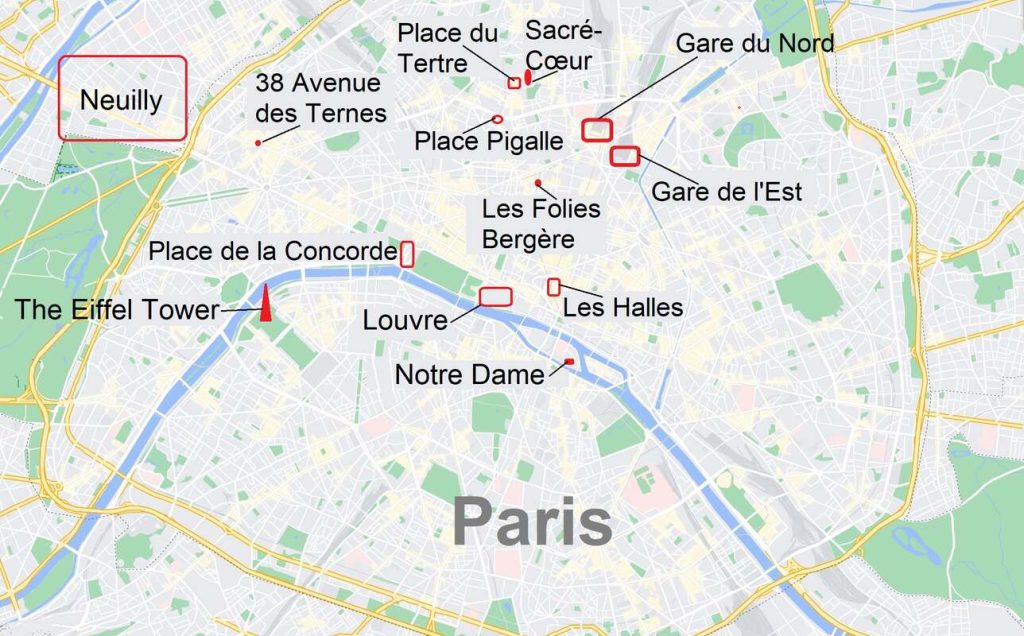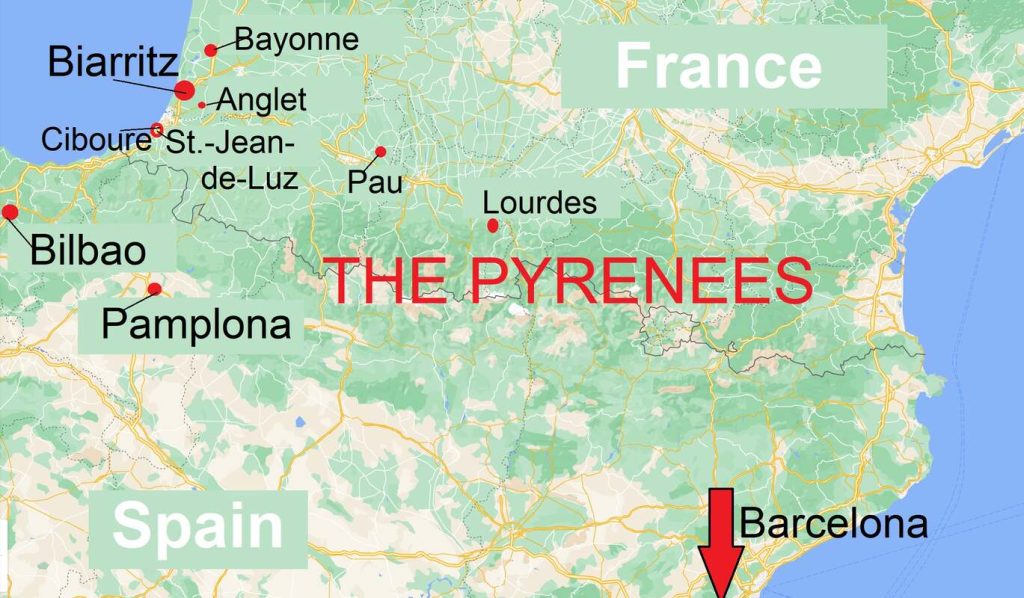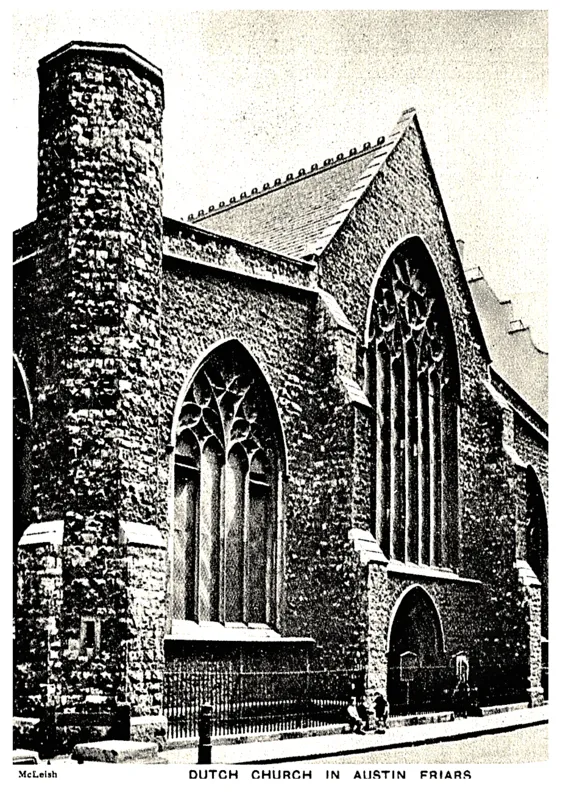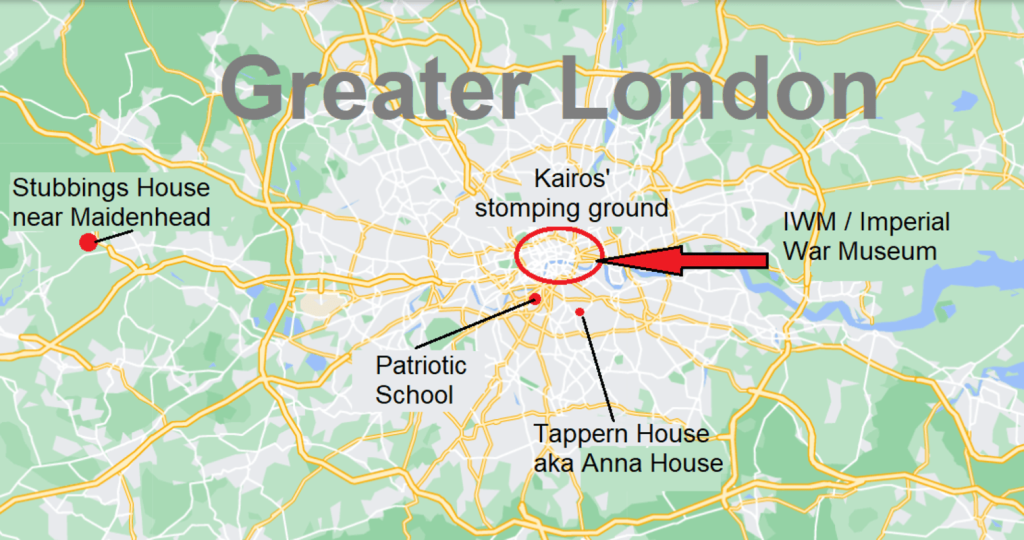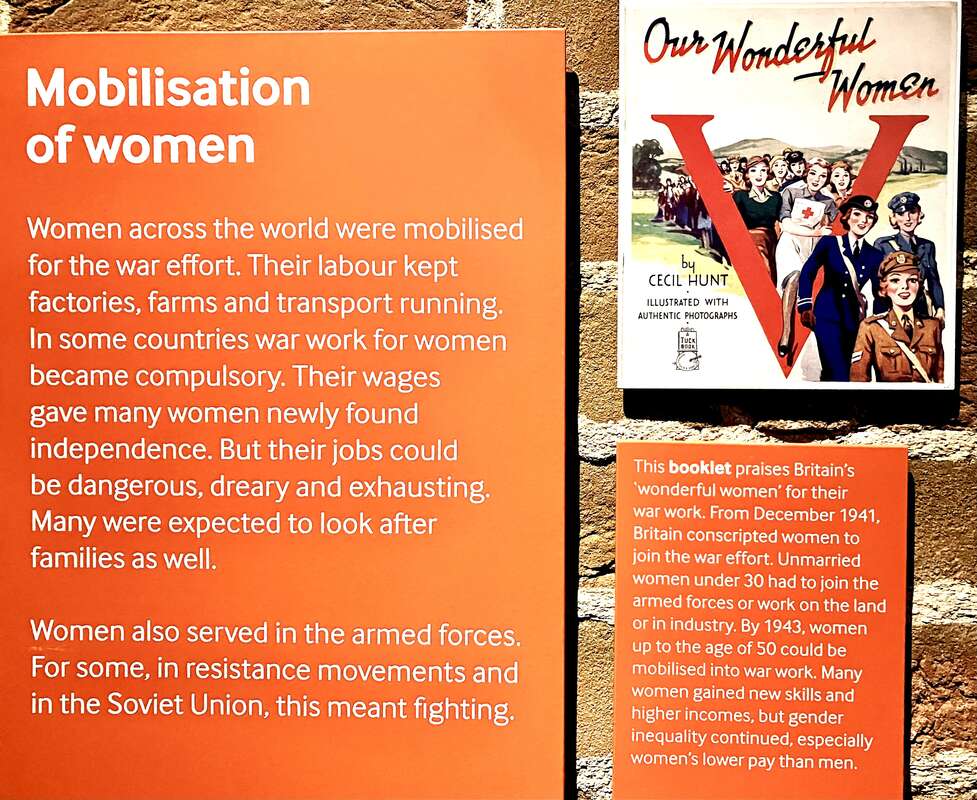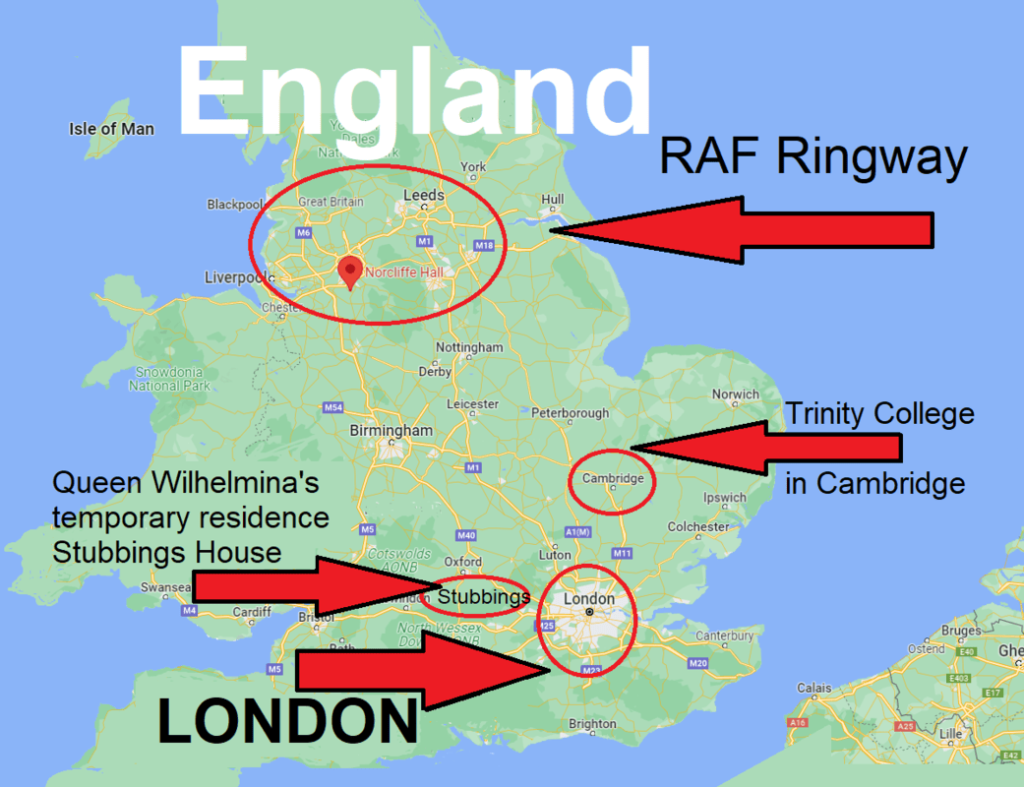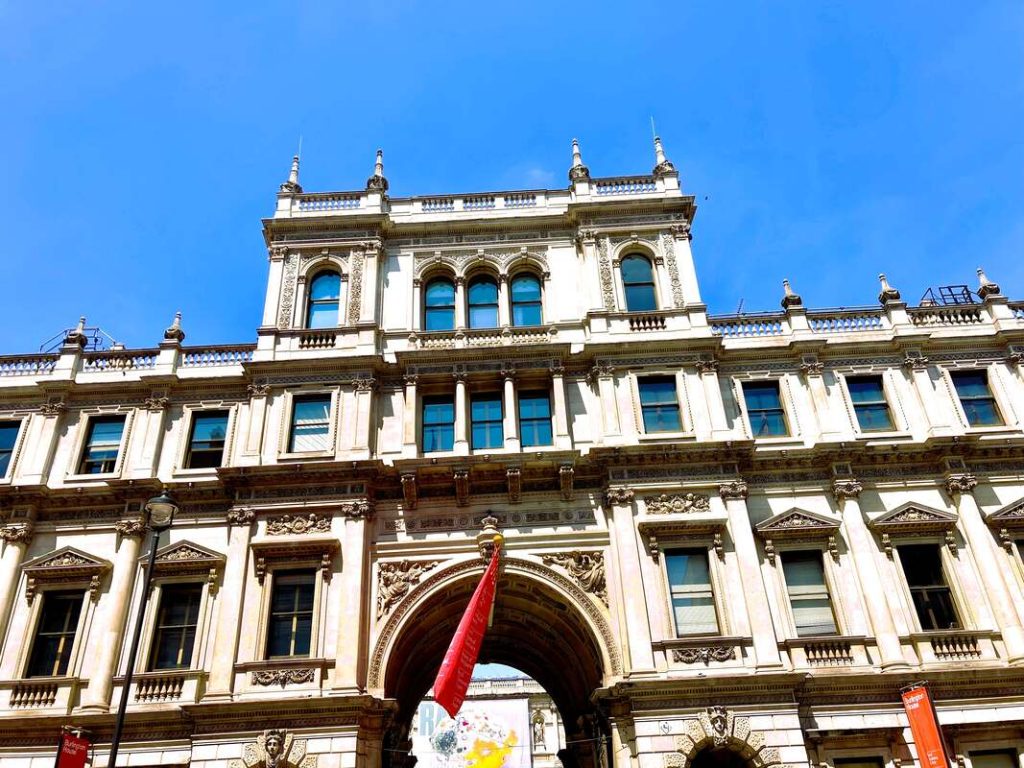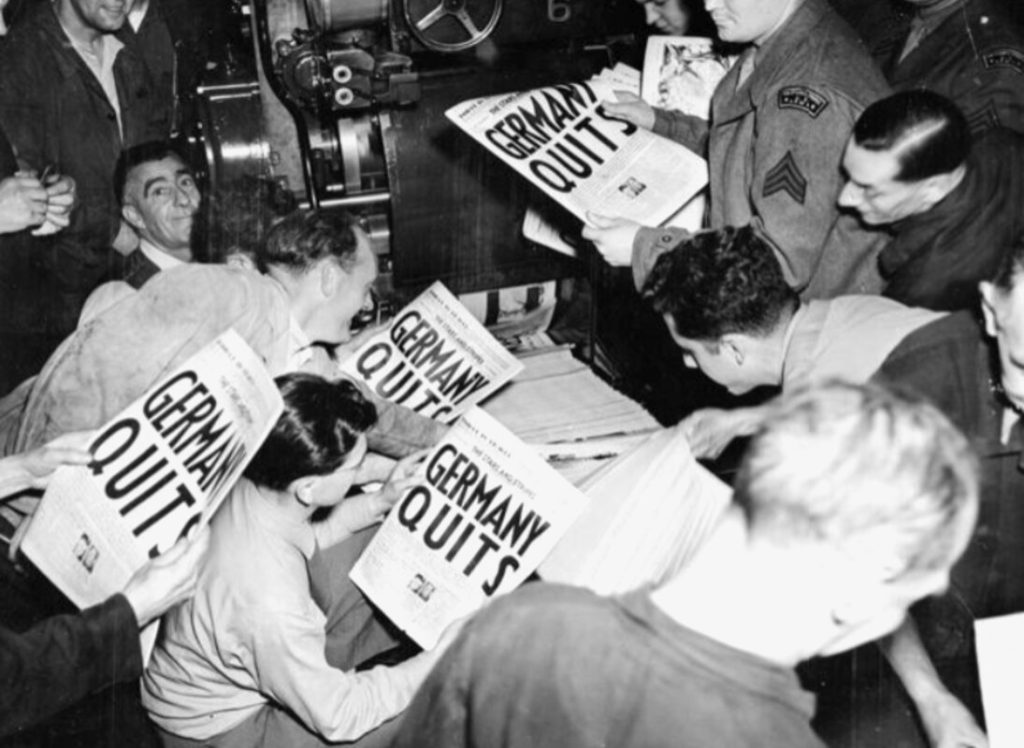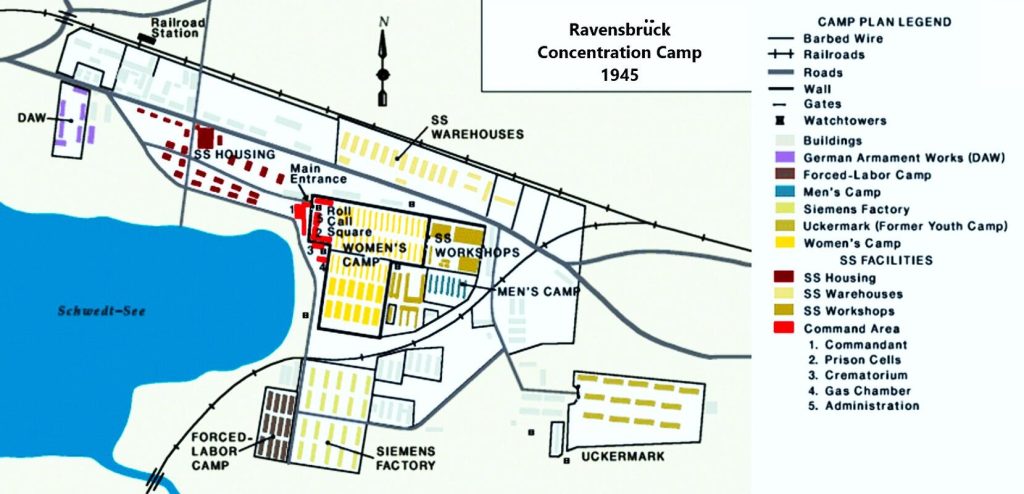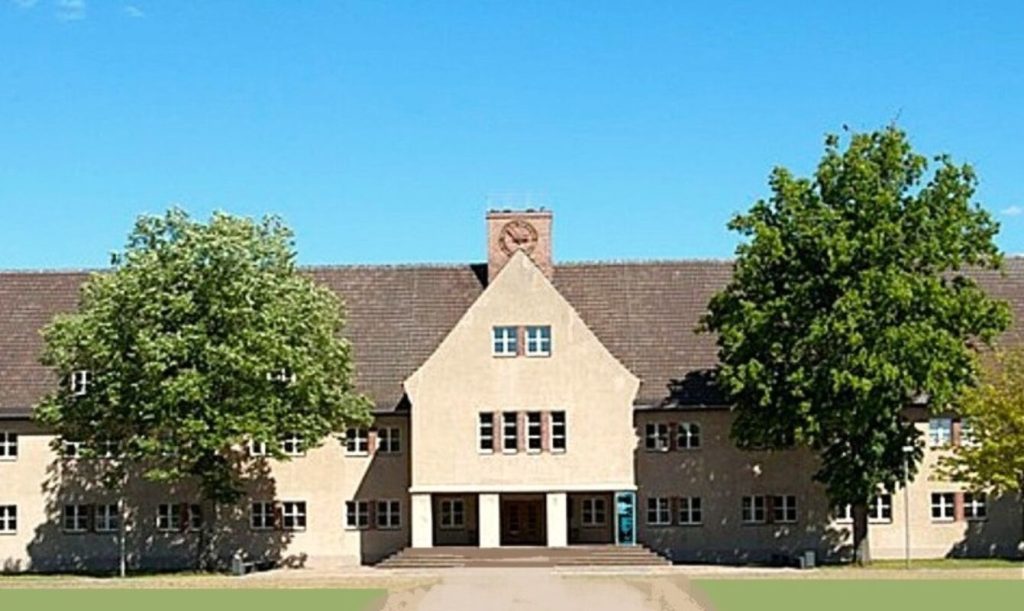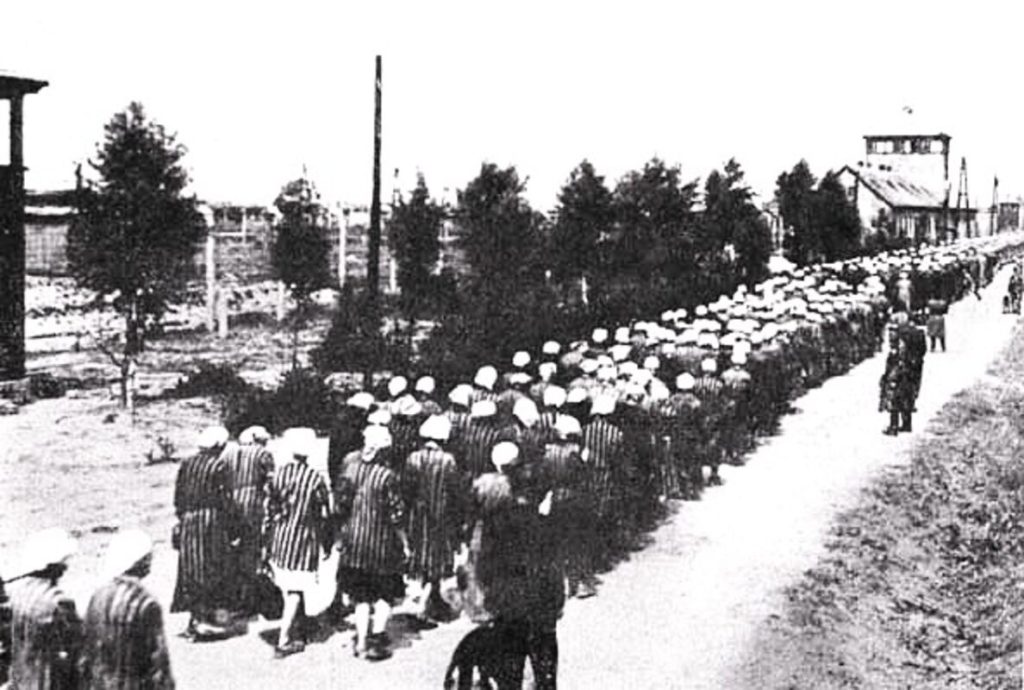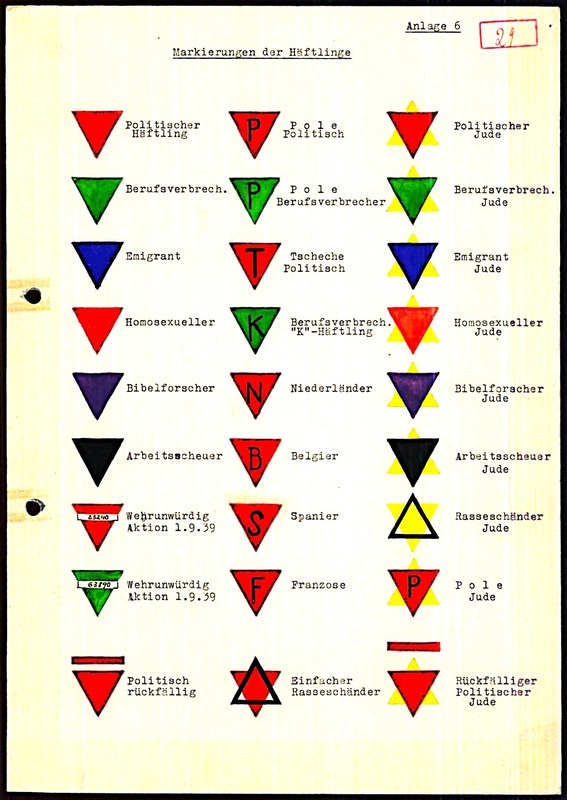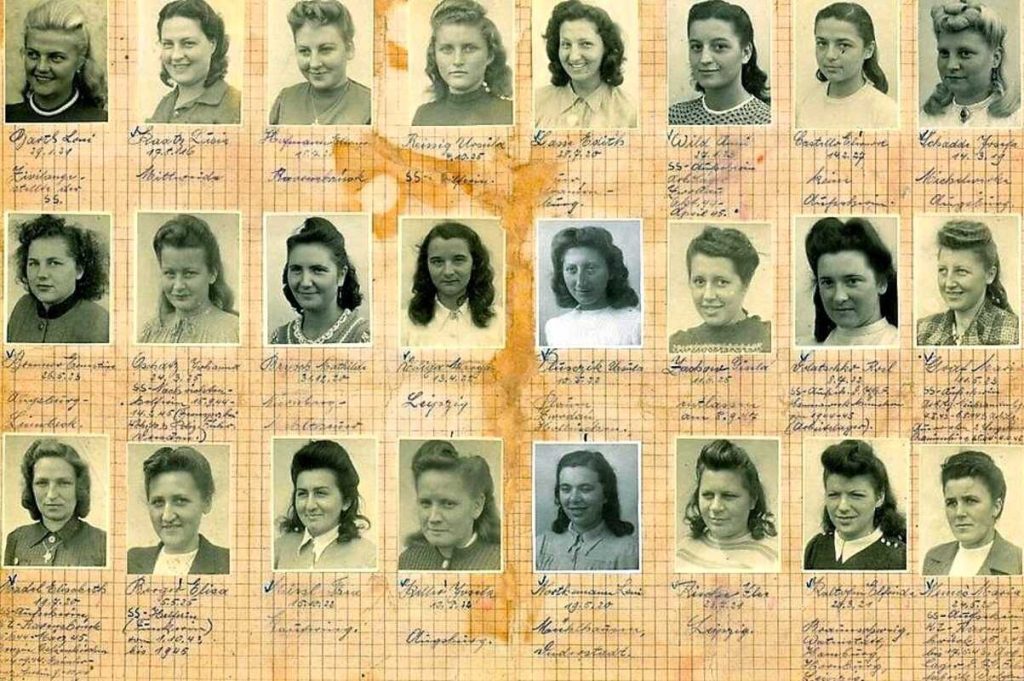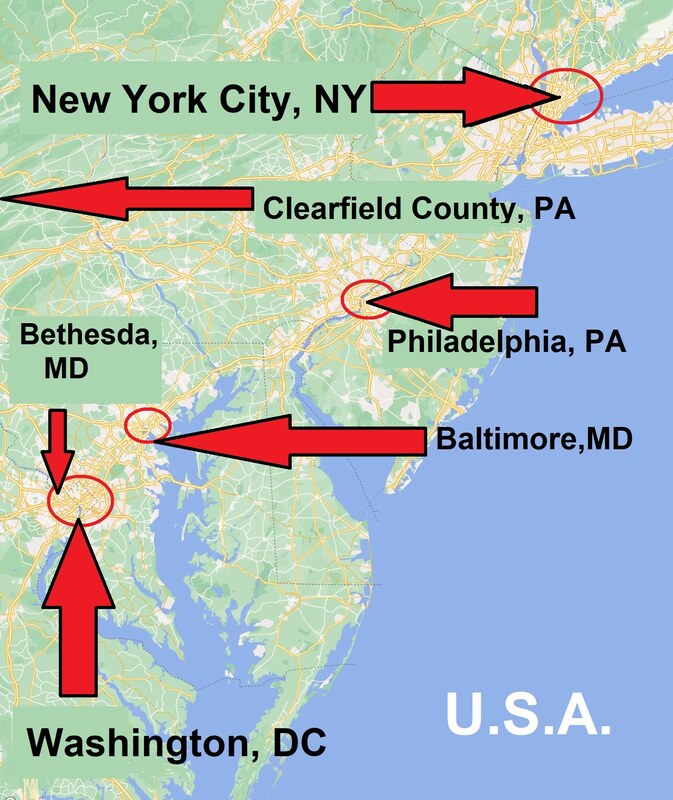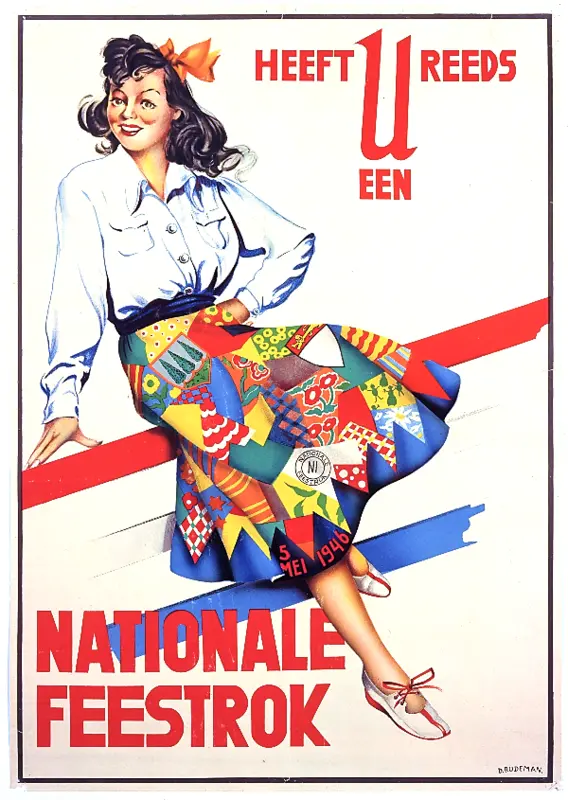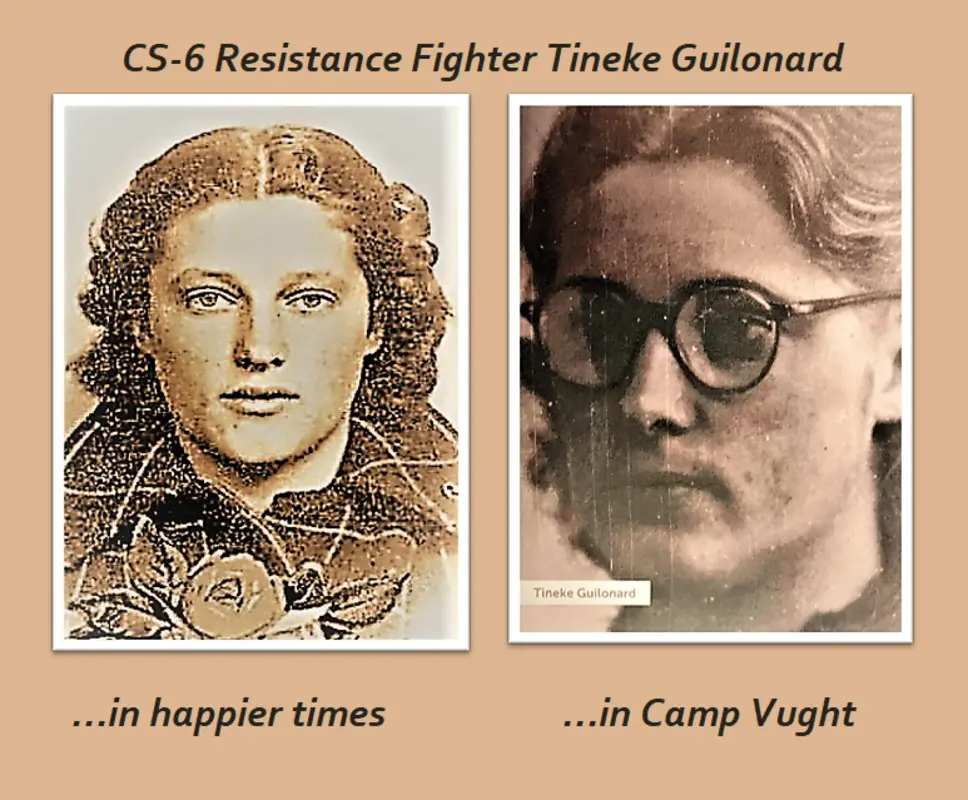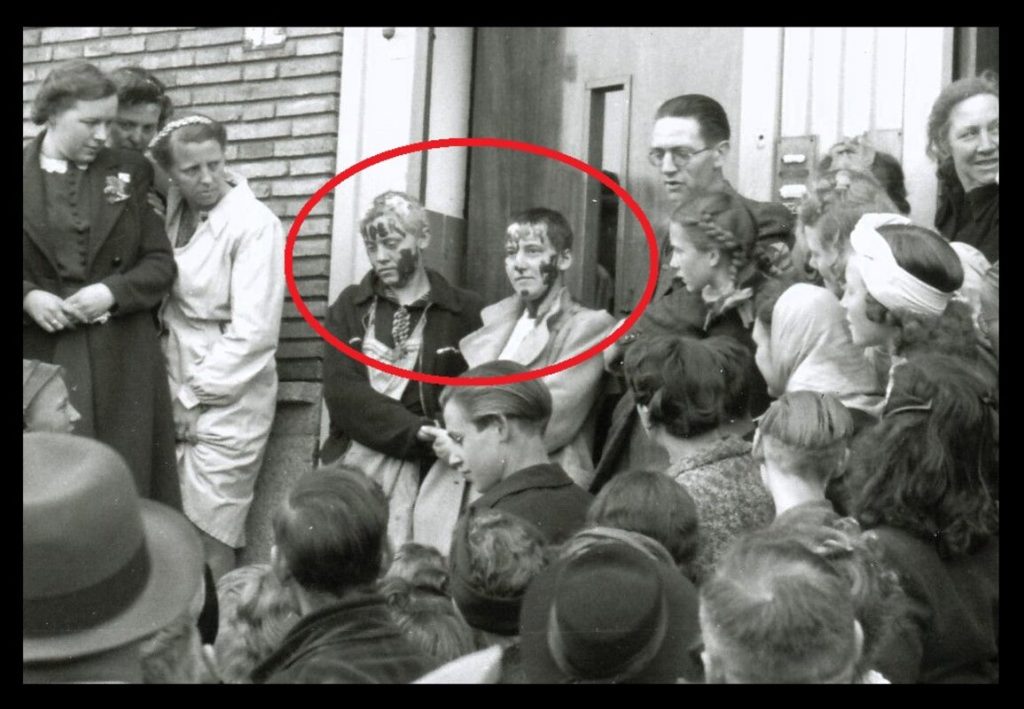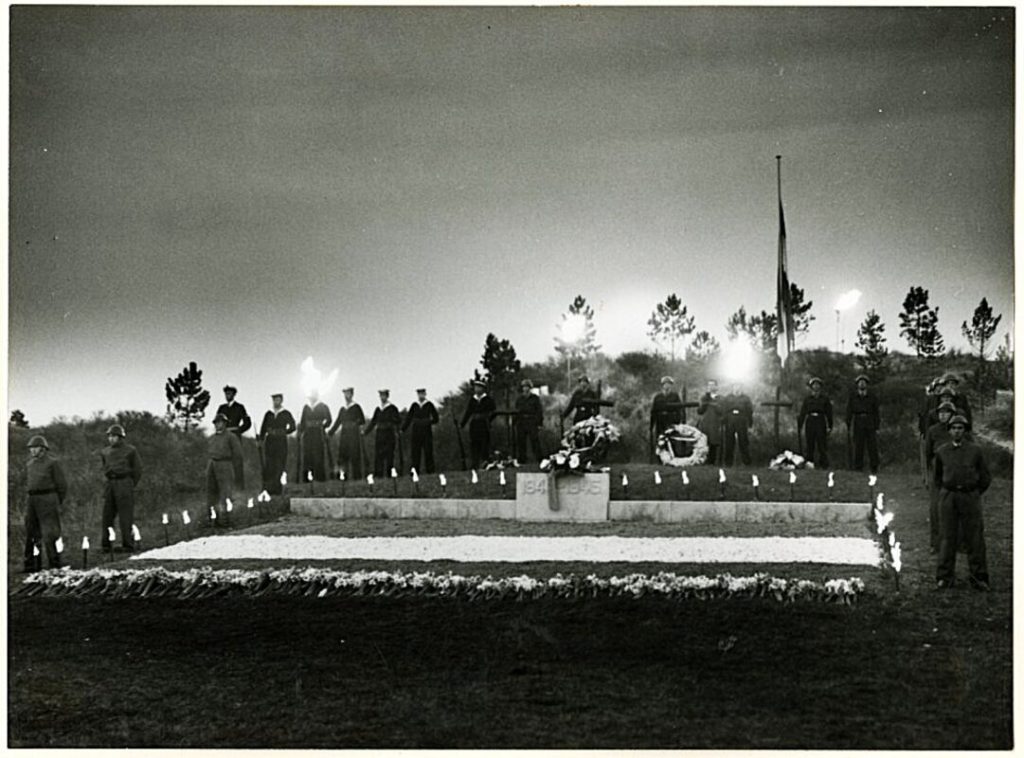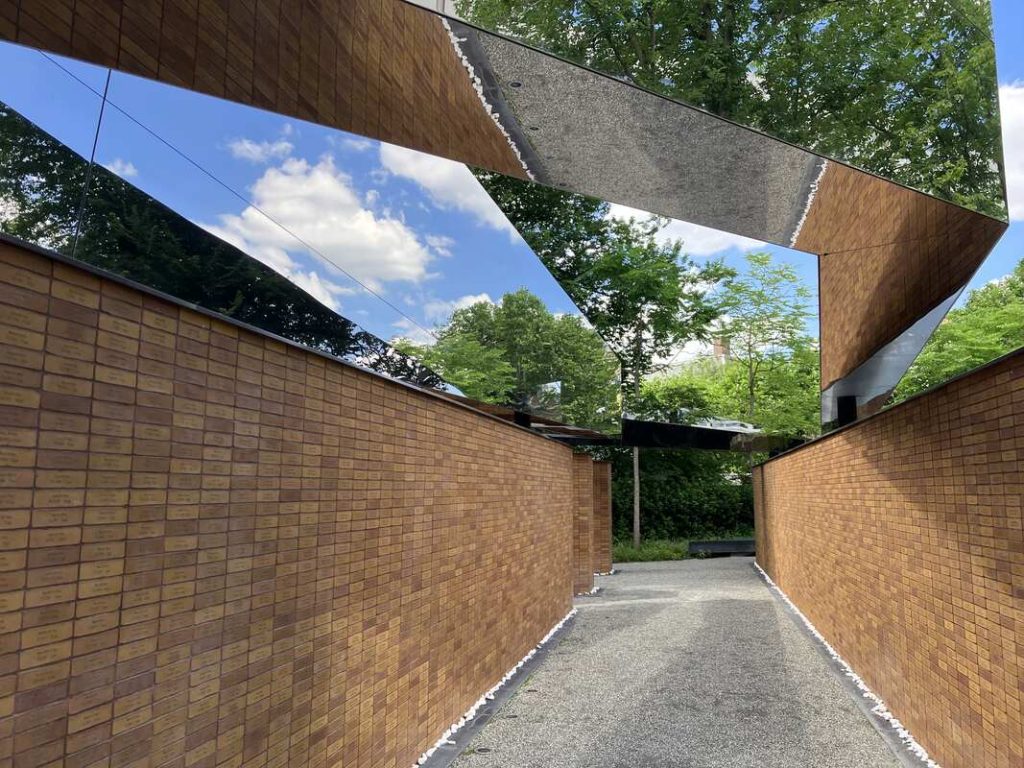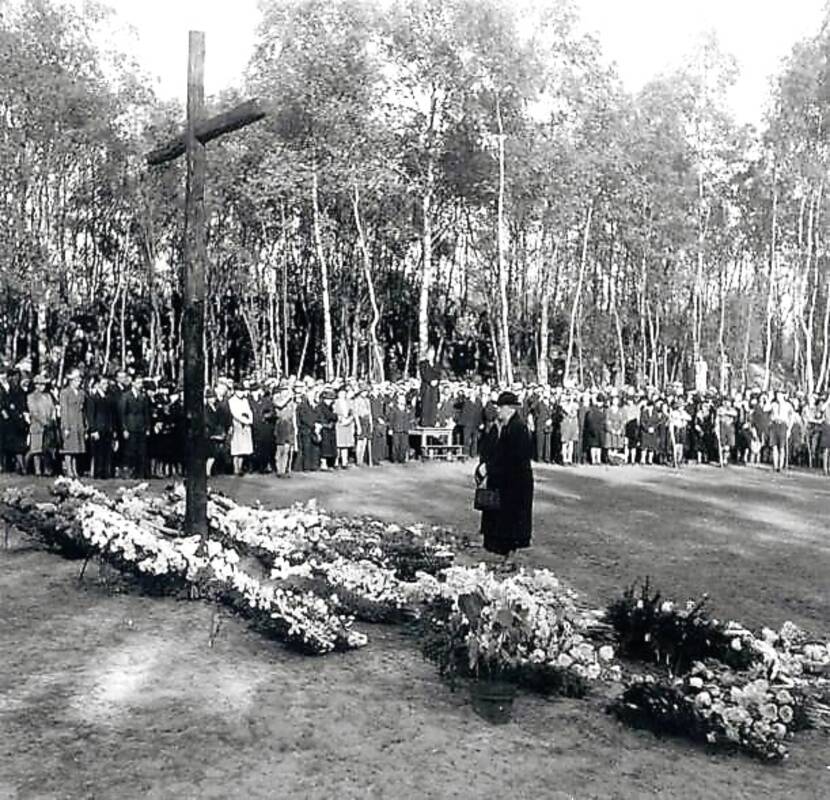Kairos sees Hitler
On July 18, 1937, Kairos and his friend were in Munich in search of a Biergarten when they started seeing a bizarre parade. First, the boys think the anachronistic floats are hilarious, but soon they are getting an eerie feeling; the silver statues in the parade of “2000 Years of German Culture” are too glossy and the golden eagles too predatory…
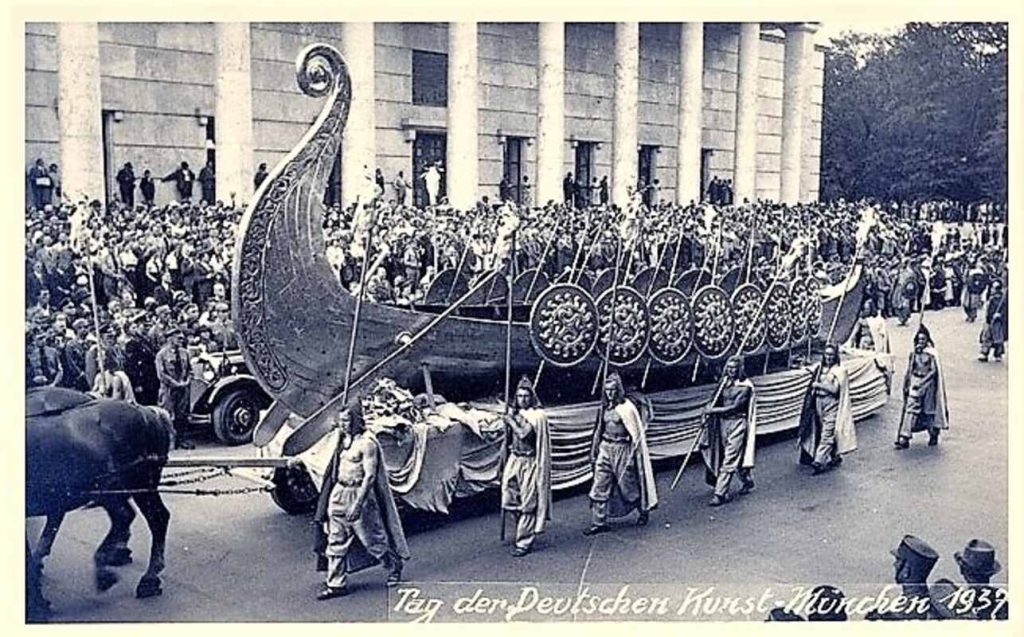
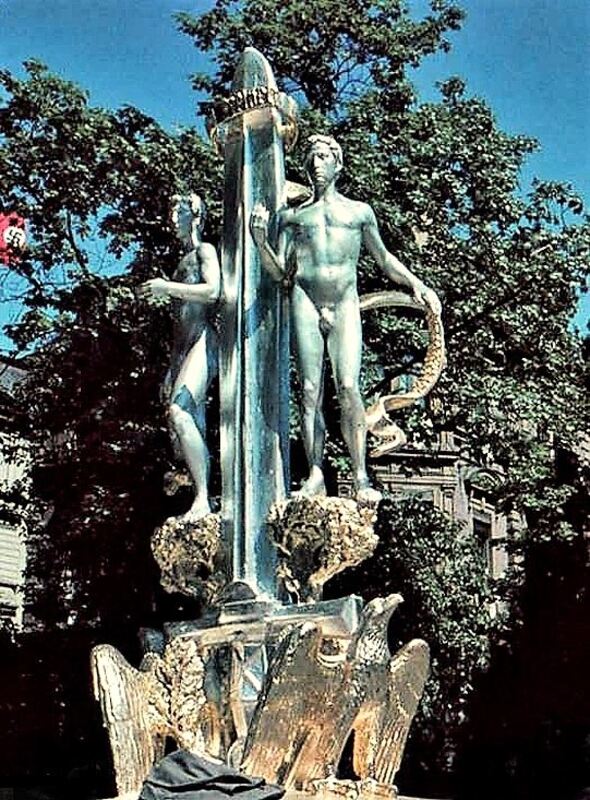
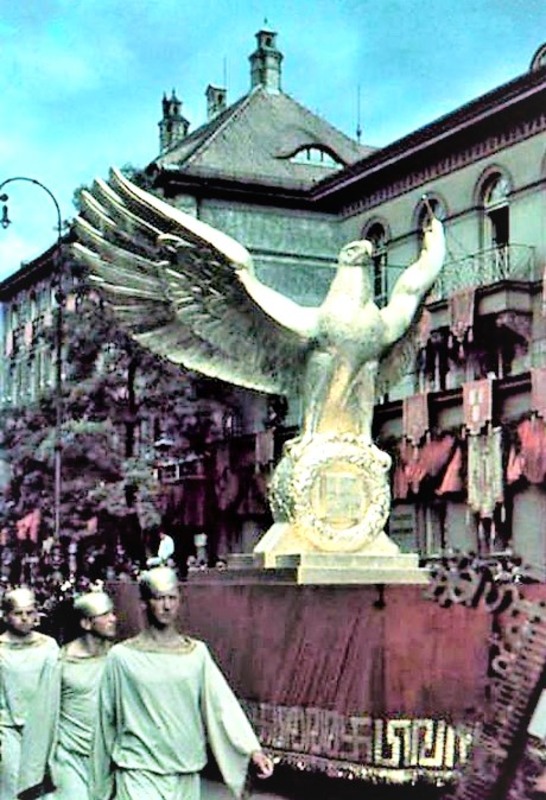
The Roman floats, the submissive maidens, and powerful warriors are too reminiscent of the megalomania and madness of Nero’s Rome… and Nazism.
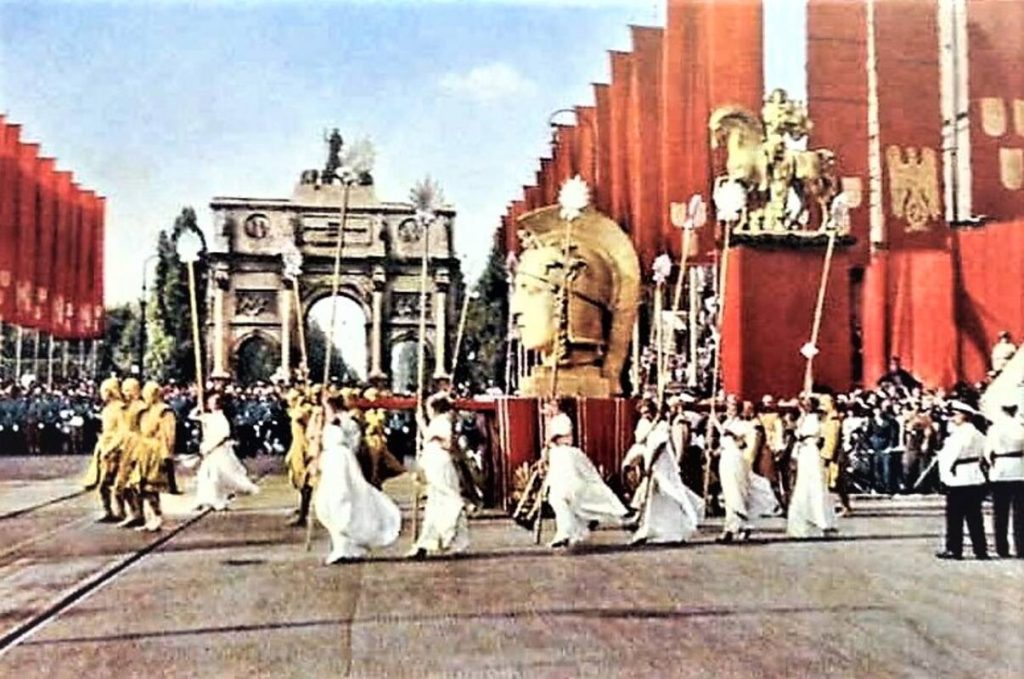
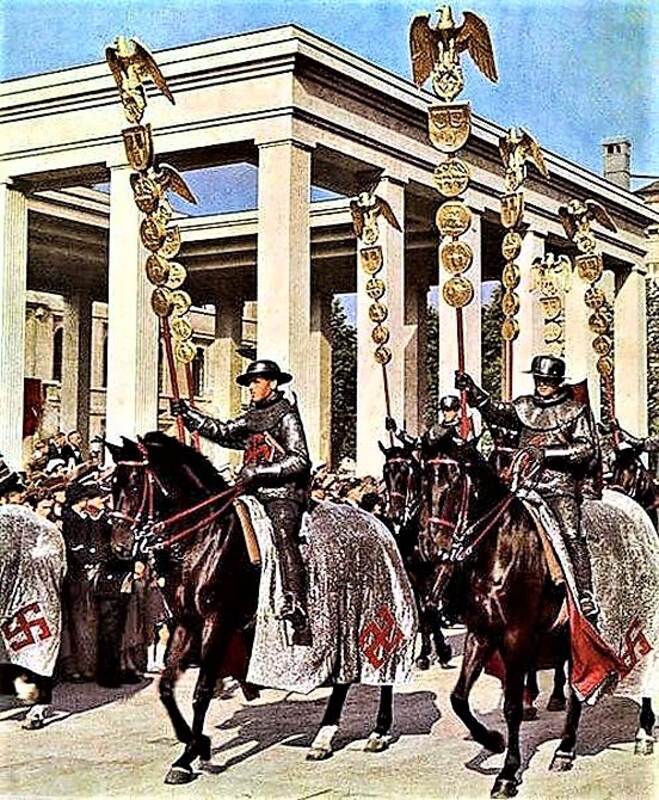
Hitler believed that after the first or Roman Empire and the second or Prussian Empire of the Hohenzollerns, the Nazi Empire would be the third “Reich” that would last a thousand years; hence, it was also referred to as the “Thousand-Year Empire.” By celebrating the first 2000 years of German culture, Hitler sought to inspire another 1000 years, but now it would be a millennium for the Aryan Übermensch.
This term was coined by Nietzsche in 1883; instead of striving for the more ”comfortable” Christian status quo, individuals should accept their solitude and embrace unrest to become a more perfect version of themselves. The Nazis distorted Nietzsche’s ideal Übermensch for their own purposes. Note that none of the young Aryen “super-heroes” Kairos saw smile…

Unknown photographer
While Marvel’s “Superman” did not exist yet, Buck Rogers first appeared in U.S. newspapers on January 7, 1929. Shocked by how “alien” the Munich Aryan Supermen are from him, Kairos notices a resemblance between them and Buck Rogers.
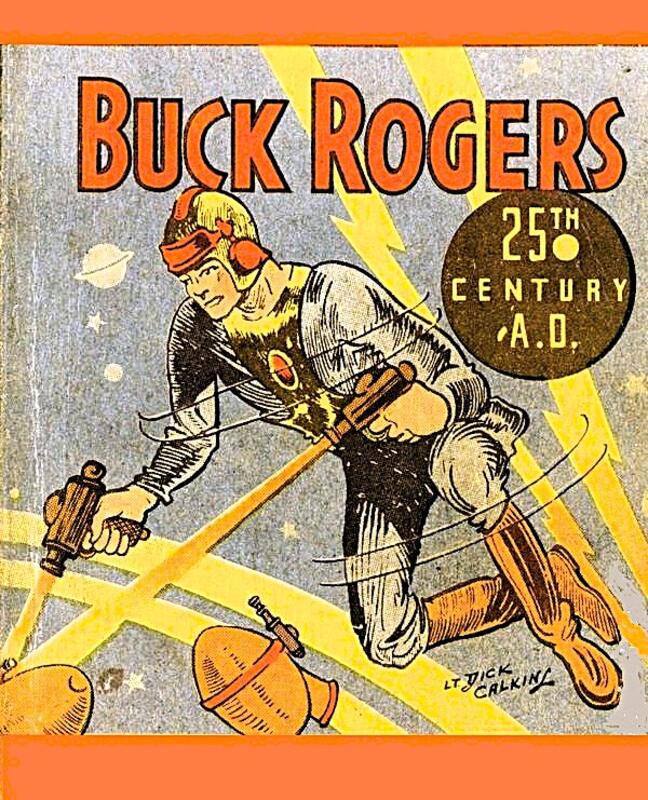
Drawing by Dick Calkin
After seeing the parade, Kairos and his friend still think that they are going to a veritable German “Beer Garden” located next to the Chinese Tower in the English Garden.
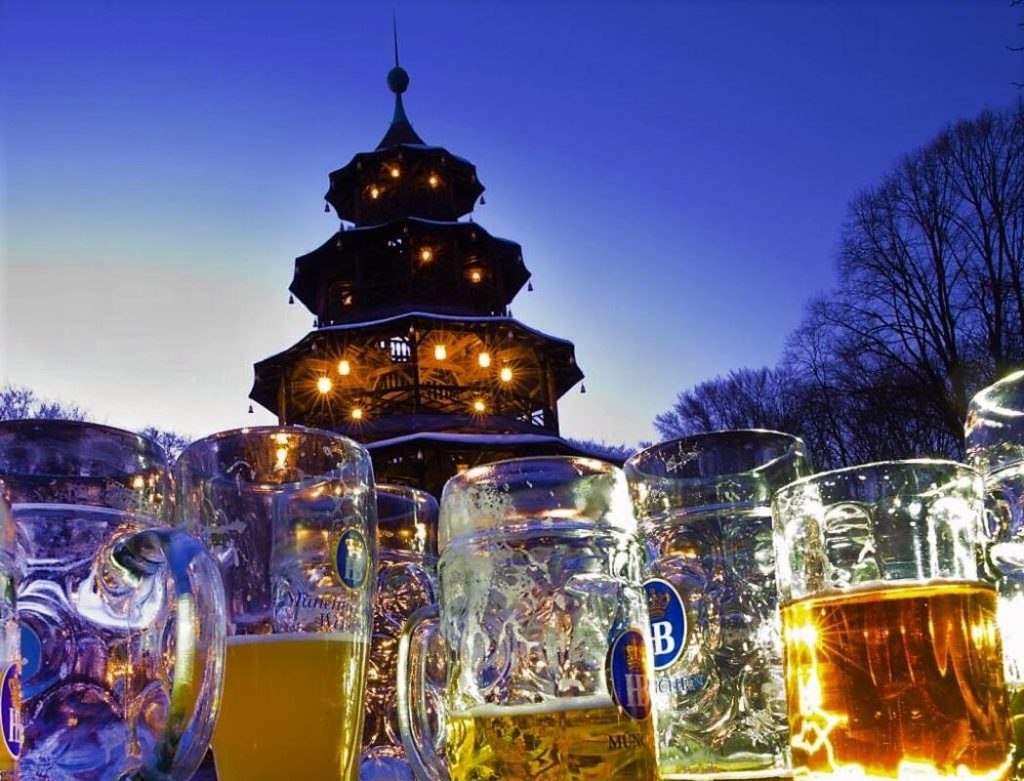
Unknown photographer
When planning the trip, the boys had anticipated visiting the kind of relaxing, family-friendly place Max Liebermann’s 1884 painting the “Münchner Biergarten” portrays.
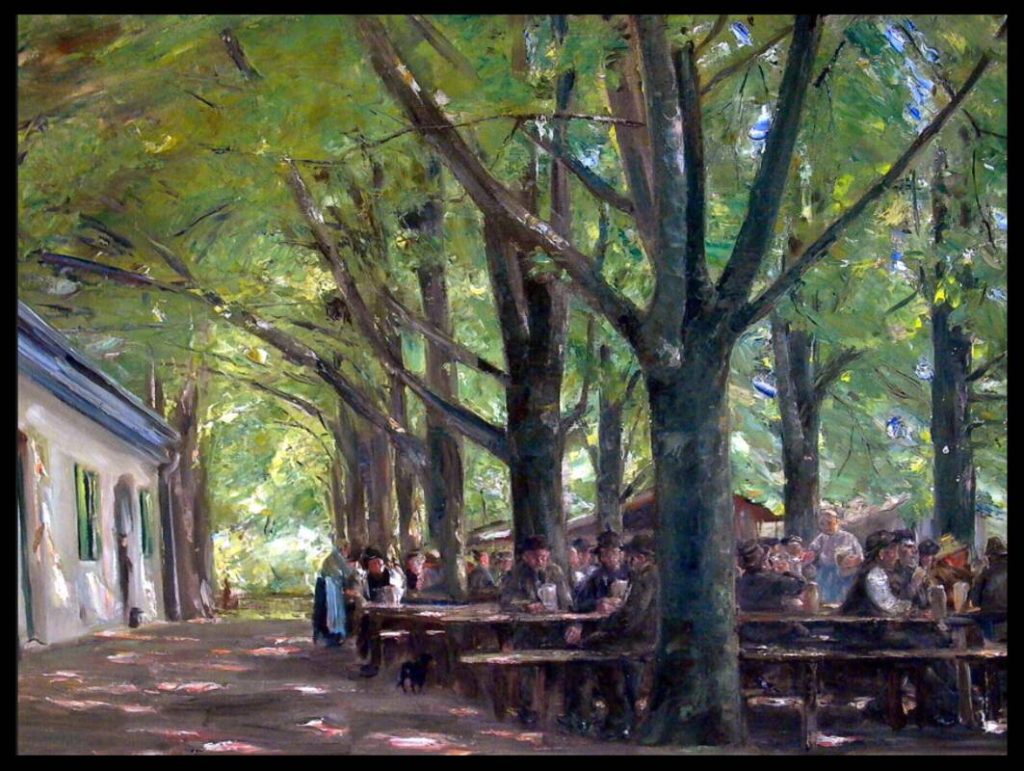
Painting by Max Liebermann
Instead of some cool beers and a mellow family-oriented atmosphere, Kairos and his friend accidentally find themselves in the middle of a crowd with the kind of mind-numbing uniformity Munich Fascist rallies were known for. Herr Hitler adored the well-conditioned machine of Nazi herds who, like robots, would attempt to destroy any humanity, personal choice, and original art in their way.
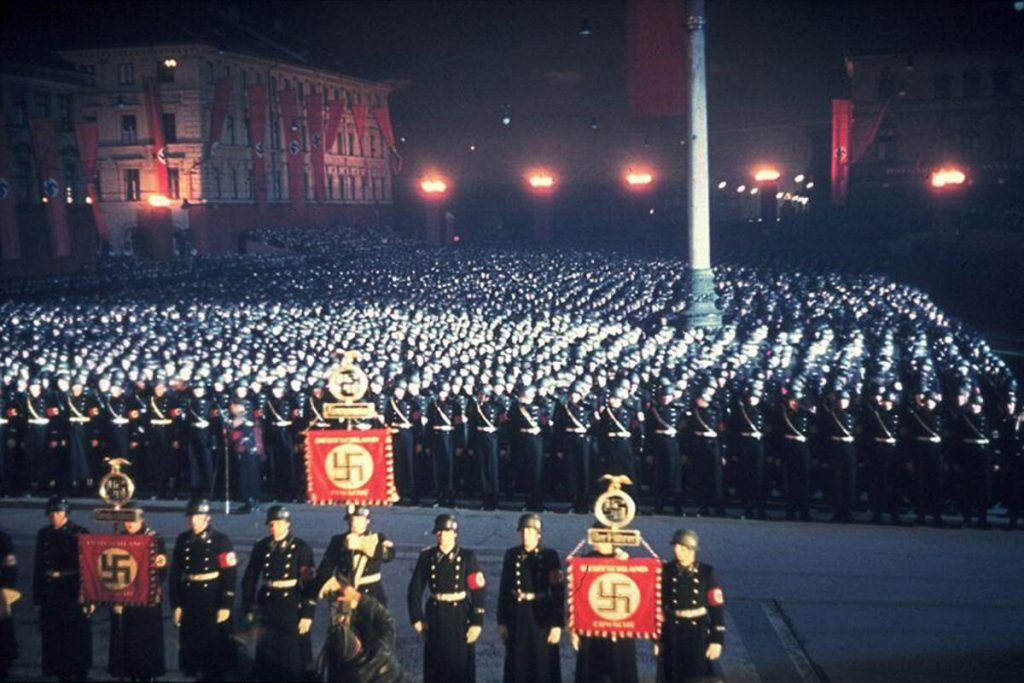
Unknown photographer
By the time Kairos and his friend finally get close to the English Gardens, throngs of people prevent them from proceeding as they are swept up in an adoring herd, listening to the master manipulator himself, their “Führer.”

Unknown artist
On the steps of the House of German Art, Hitler makes every member of the audience feel as if they are special, part of a new way of being one can only attain by belonging to his cult.
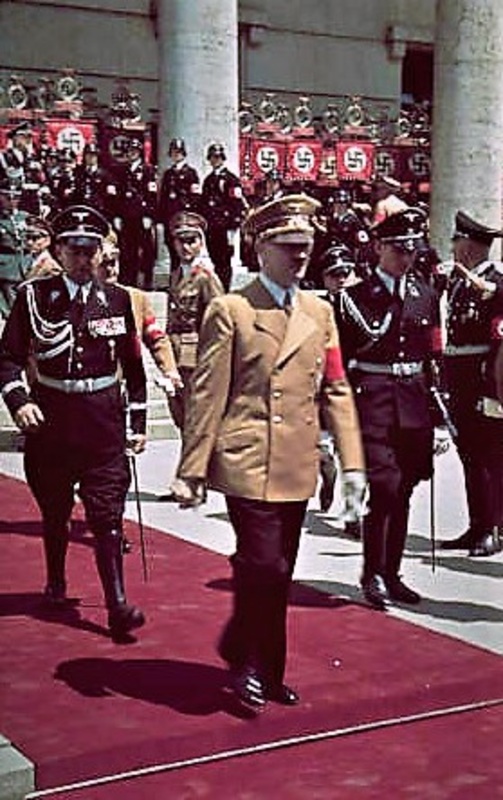
the House of German Art
Unknown photographer
Fact or Fiction: Kairos’ encounter with Hitler happened as described. Even in retrospect, a shocked Kairos kept analyzing the techniques the demagogue used to sway his audiences; apparently his timing was impeccable. Hitler knew just how long he should wait to create the ultimate suspense, he knew when his near-whisper should swell into a crescendo of self-righteous outrage for what had been done to his people, and he knew how to make each of the thousands of people feel like he was talking to them alone.
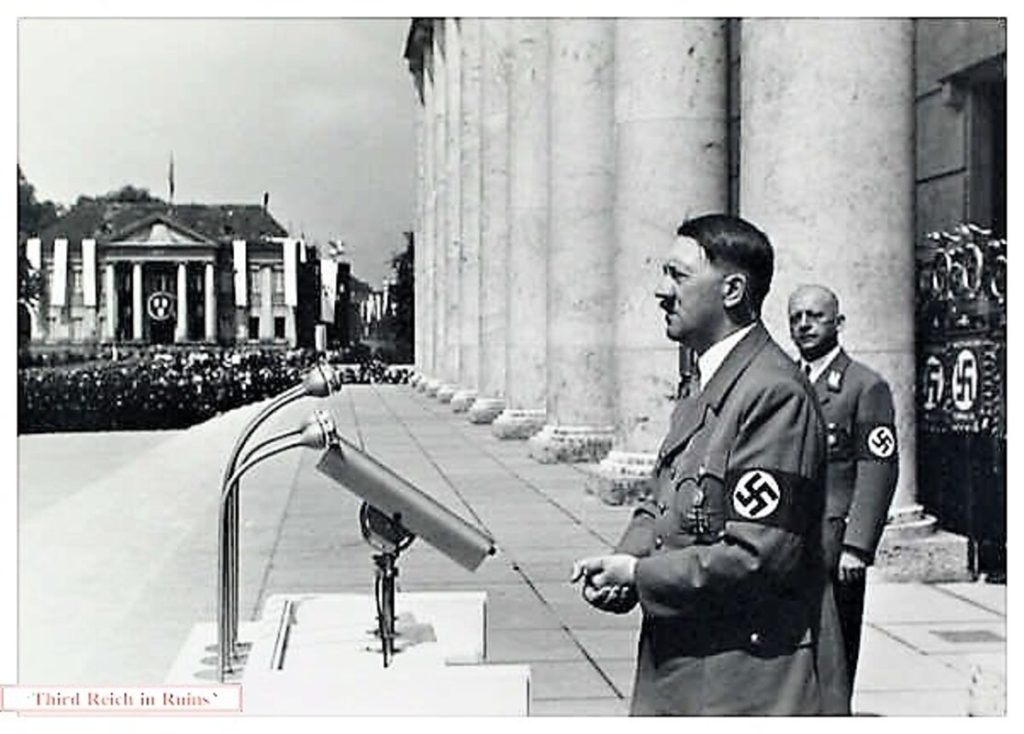
Unknown photographer
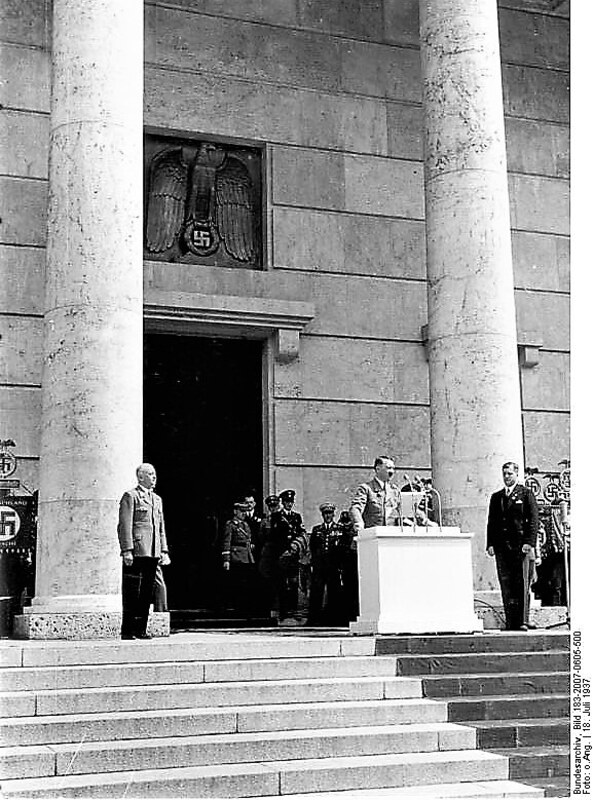
Picture credit: Bundesarchiv.
The newly built “House of German Art” contained propaganda “art” aimed to brainwash the masses while the basement was an air raid shelter, foreshadowing Hitler’s true purpose for the museum, which some mockingly called the “Sausage Stand” or “Athens Railway Station.”
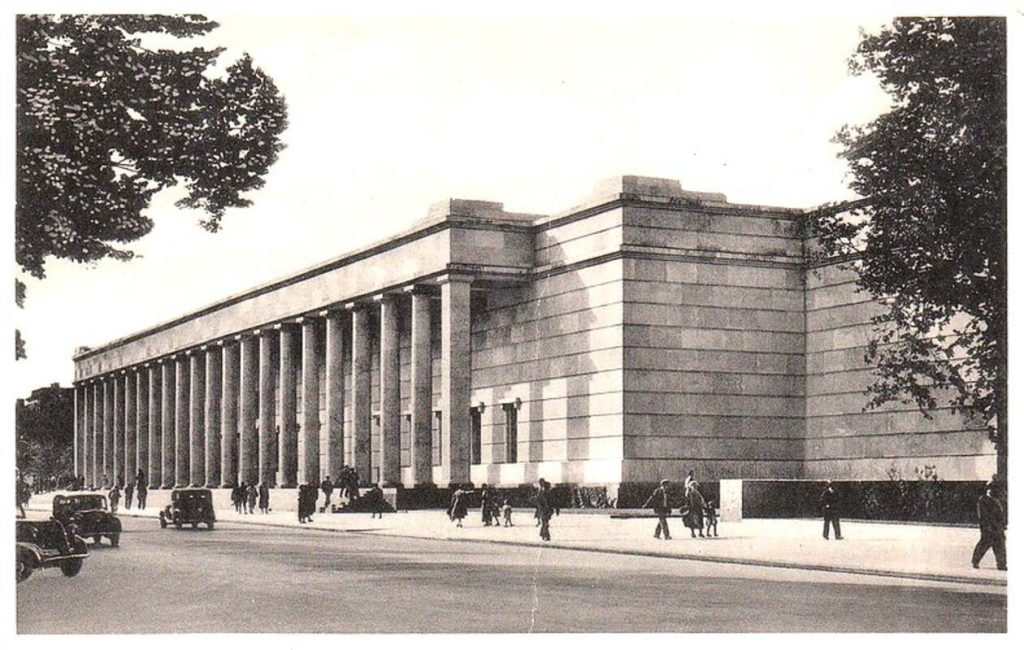
Unknown photographer
Adolf Wissel’s “Farmer’s Family” personifies the typical Aryan plight; a strong and protective father and a healthy mother who can procreate blue-eyed, blond children to strengthen the Weimar Reich. Notice that the absence of the grandfather implies that he was killed during the “Great War.”

Painting by Adolf Wissel
Poverty in Germany combined with the shame and humiliation of the Treaty of Versailles were a fertile breeding ground for resentment. Richard Scheibe’s “Kneeling Warrior” shows another Übermensch who will avenge the wronged German people.

Statue by Richard Scheibe
Hitler stated that by denouncing “degenerate” art and waging “a relentless war of purification” against “cultural decay,” the German Reich would become strong once more to last another thousand years. Hitler’ s own paintings exemplify the kind of pastoral idyllic blandness required to stamp out any creativity, rebellion, or “otherness.”
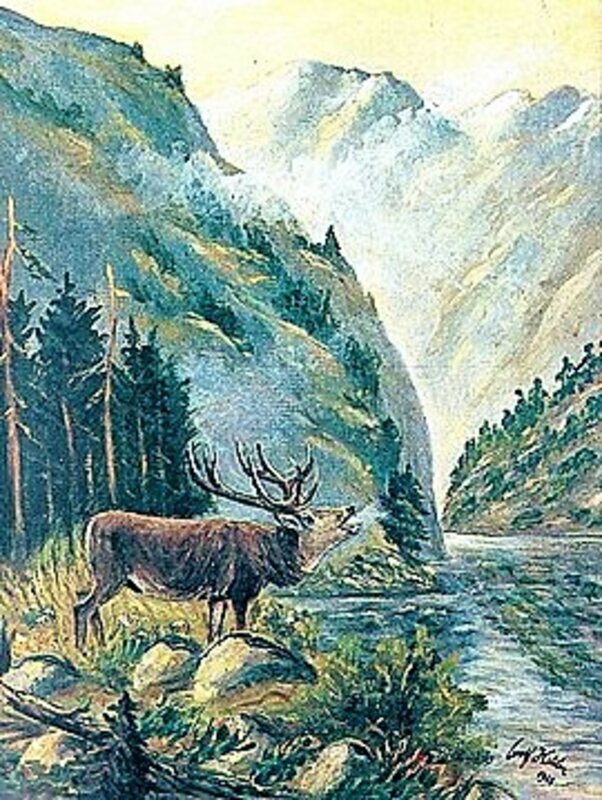
Painting by Adolf Hitler
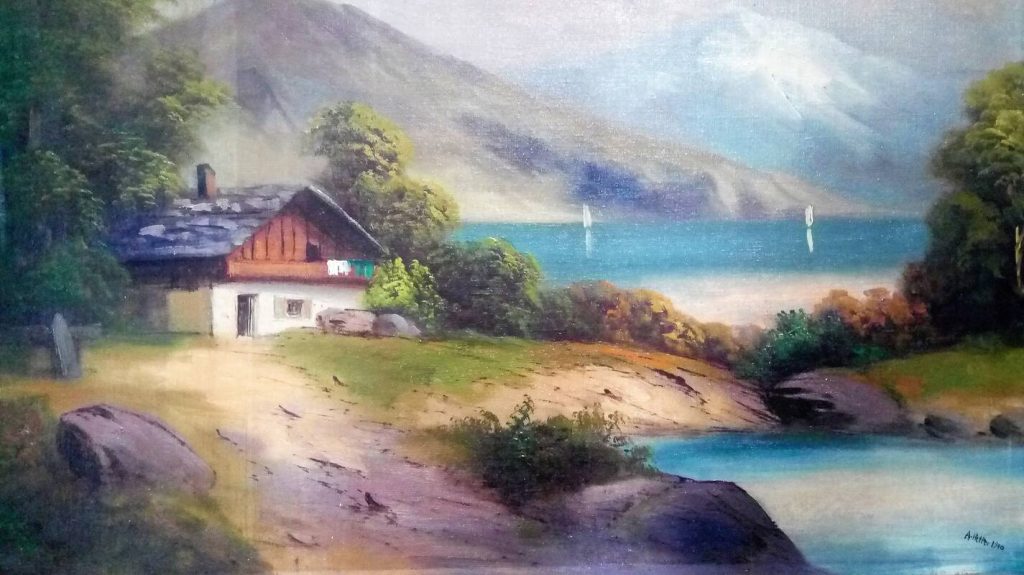
Painting by Adolf Hitler
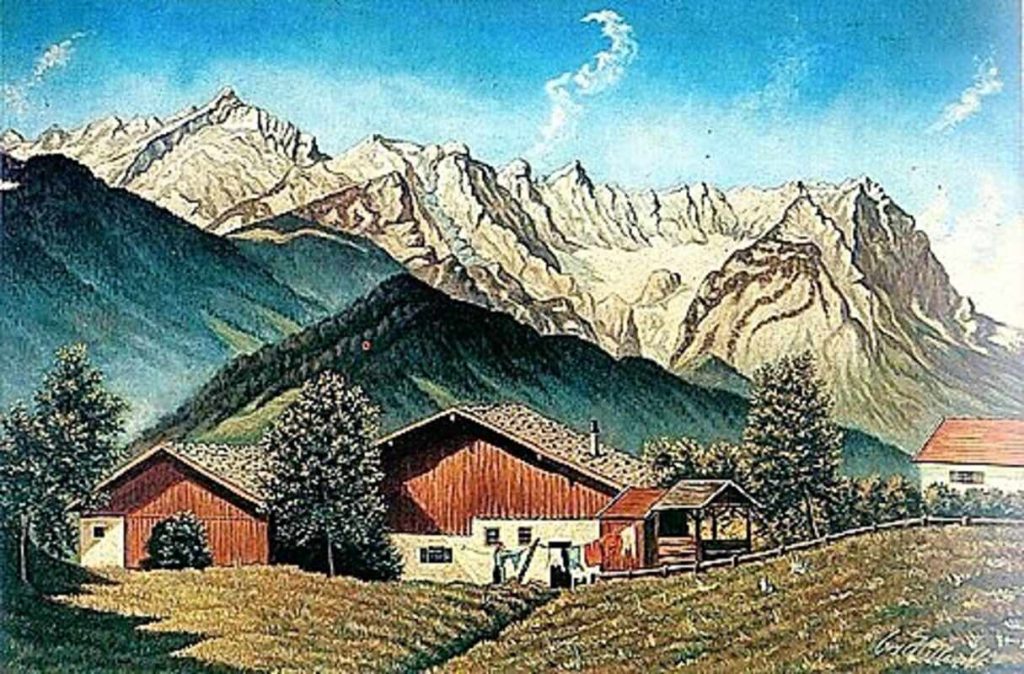
Painting by Adolf Hitler
similar galleries
discover
JOIN MY NEWSLETTER
To receive announcements about new blogs, images, essays, lectures, and novels, please sign up.




